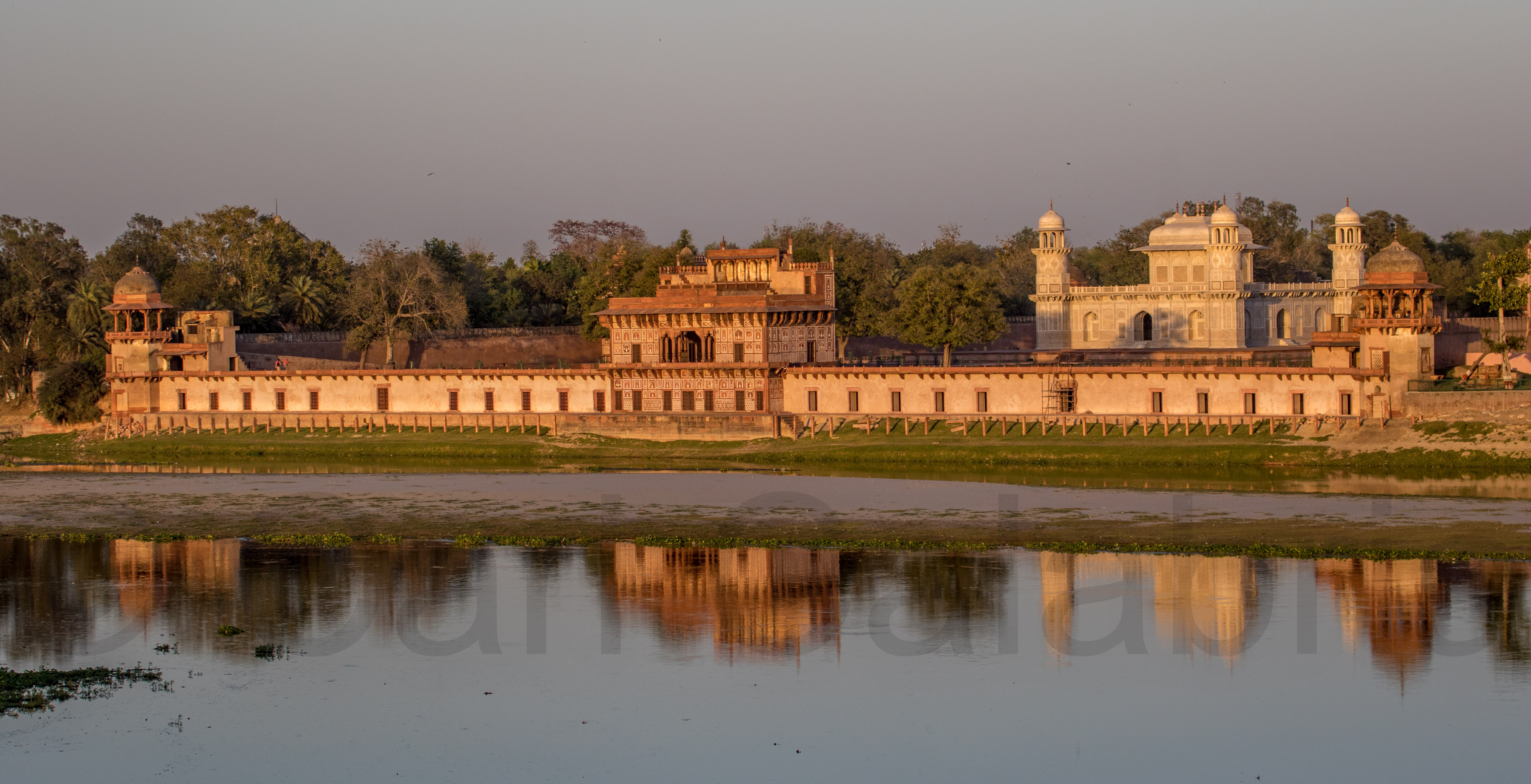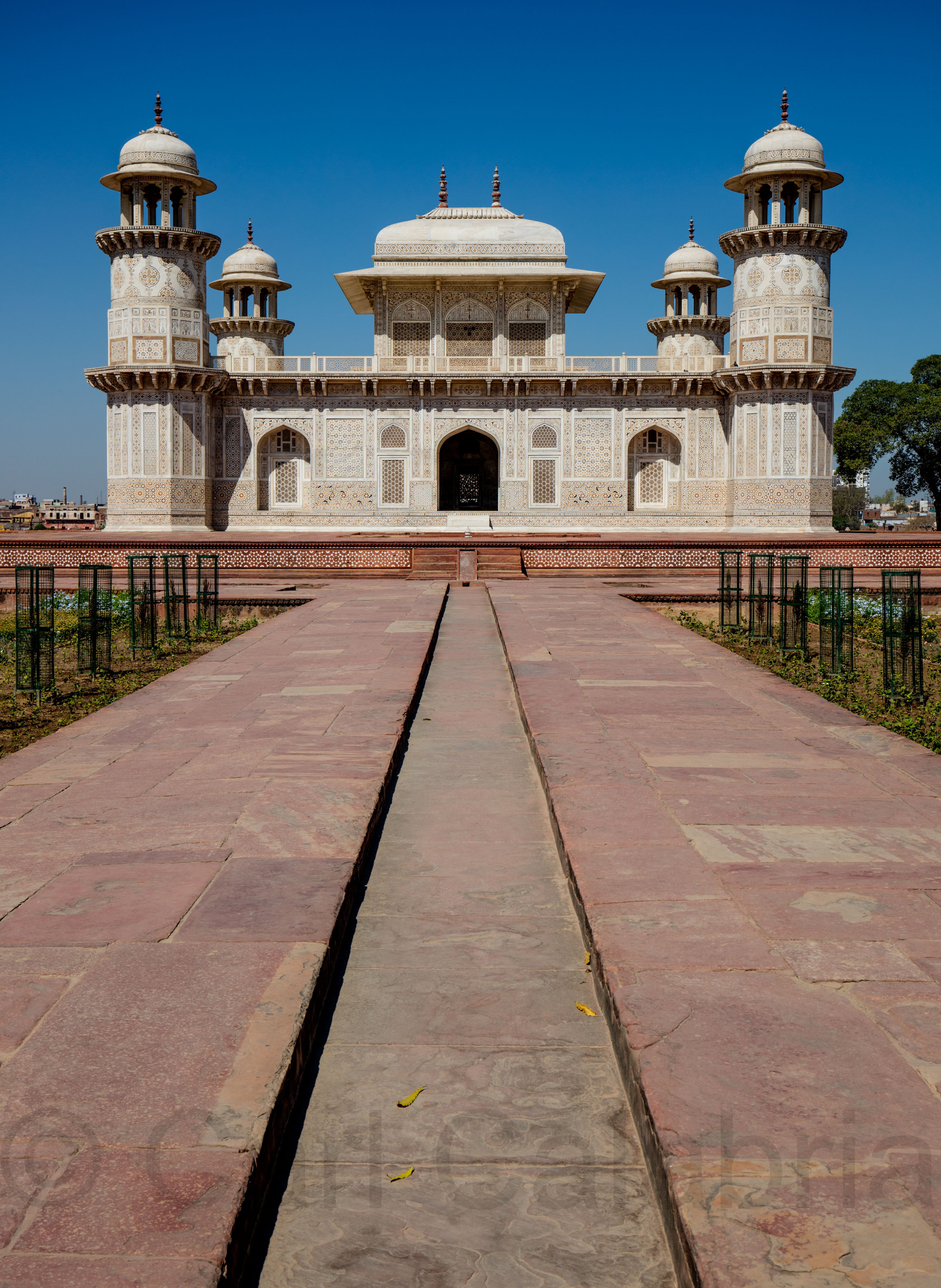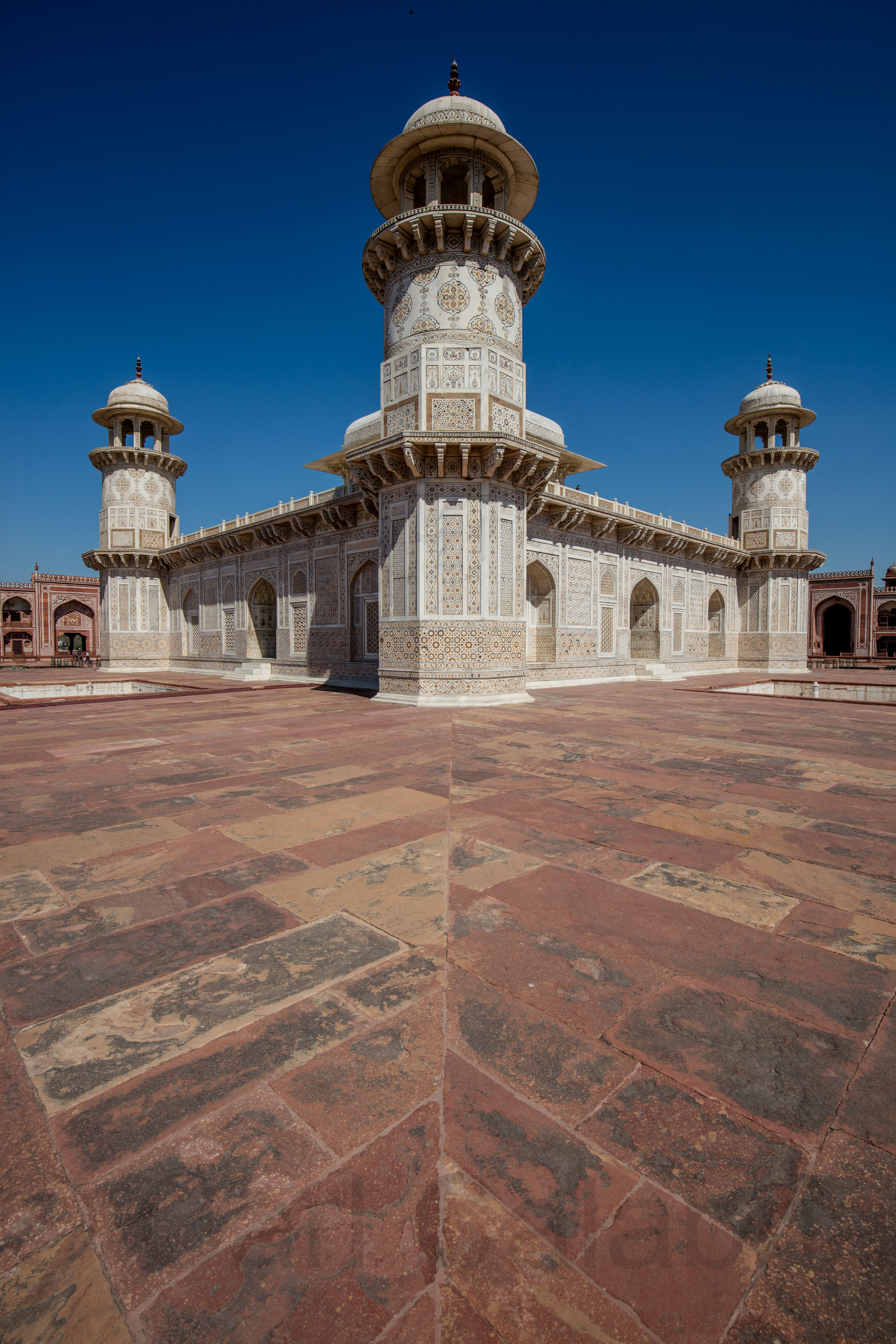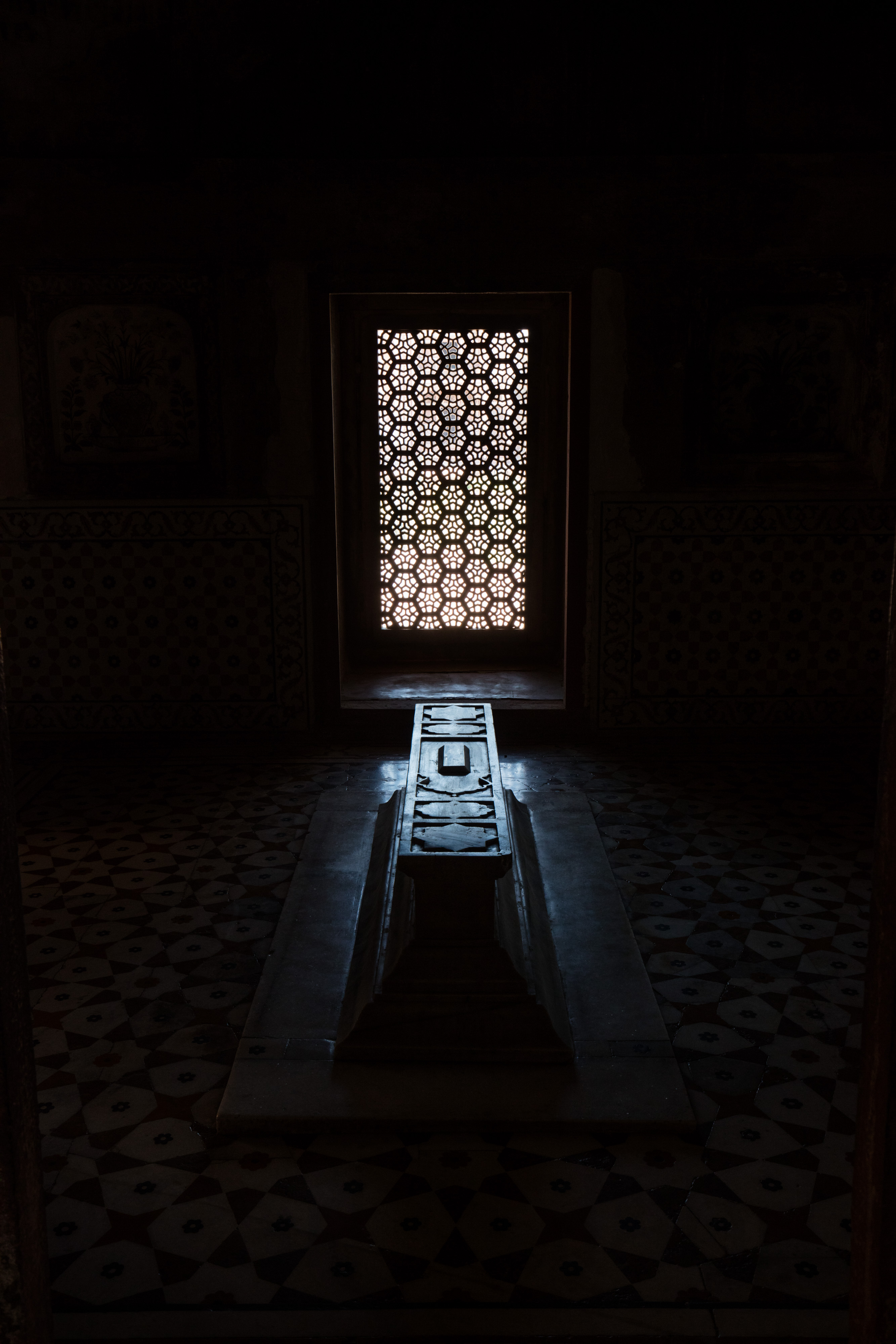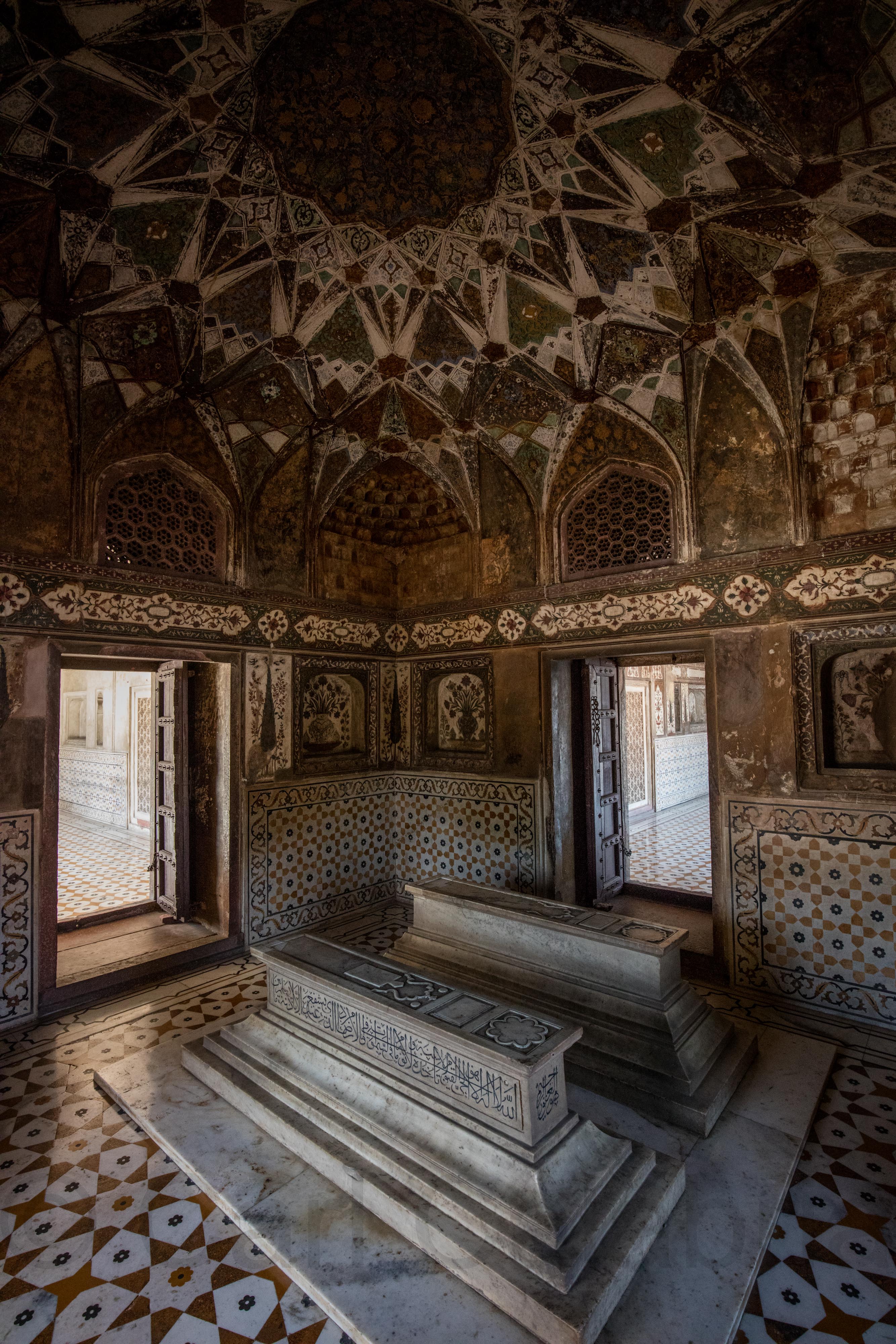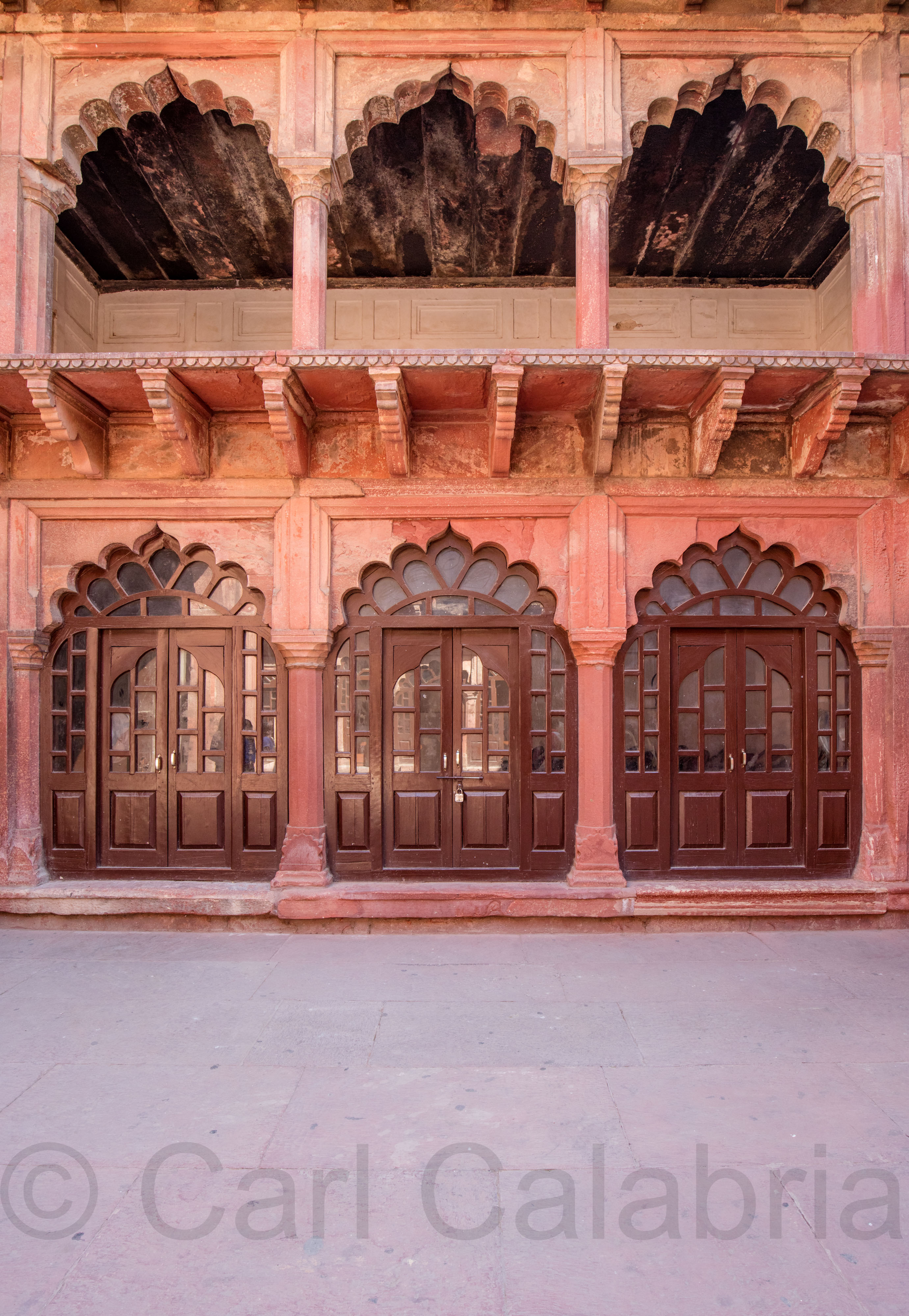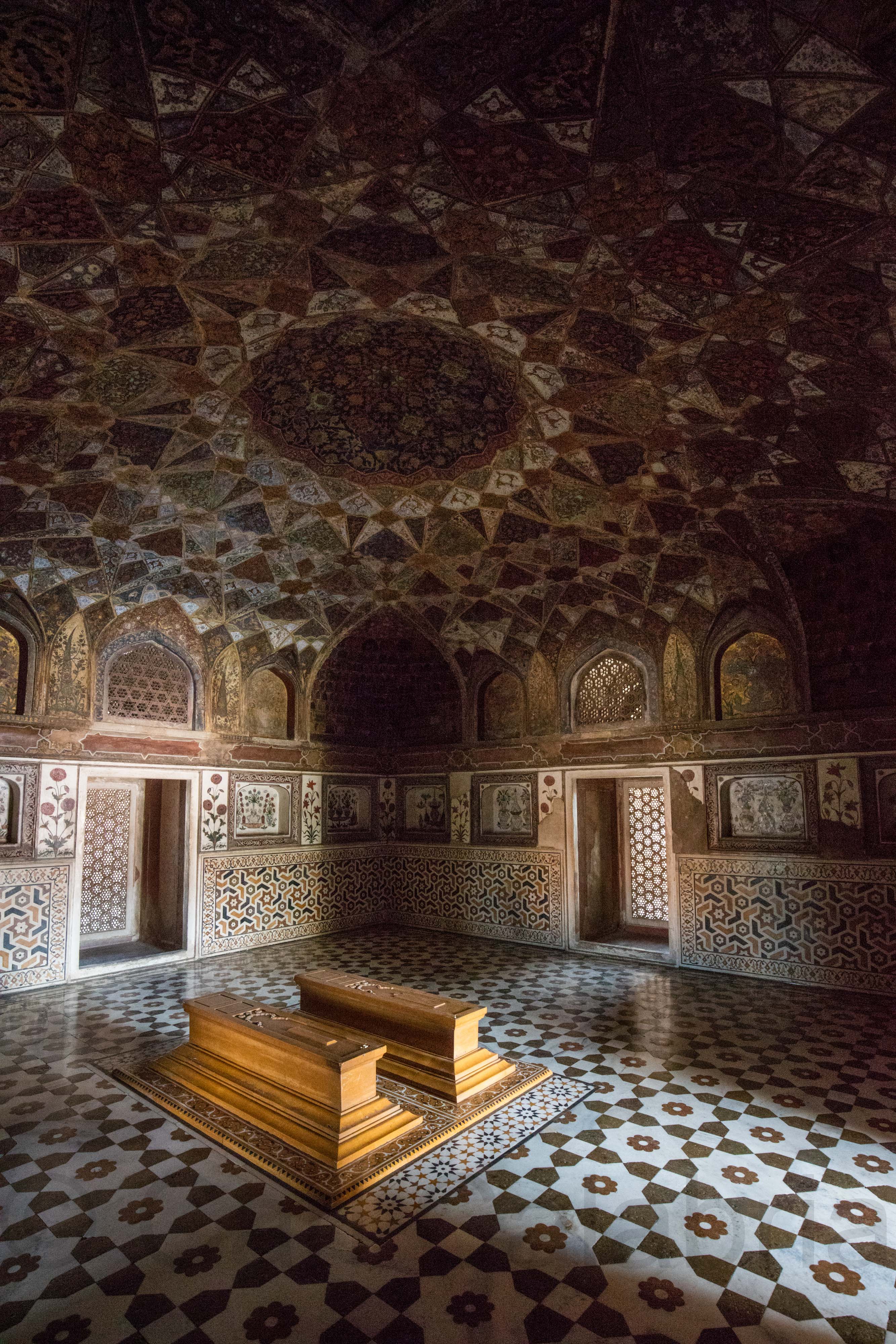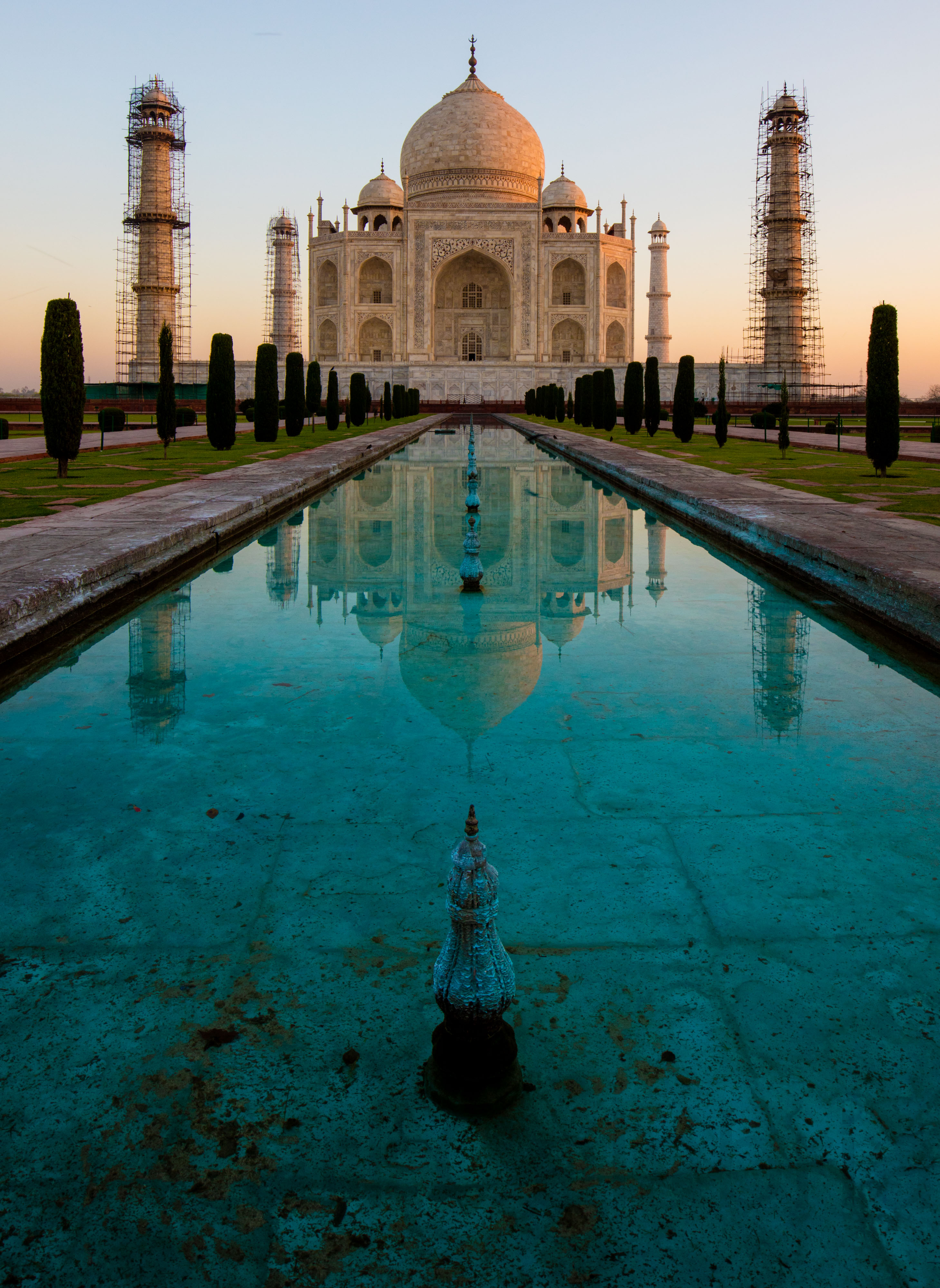
Shah Jahan was a member of the Mughal dynasty that ruled most of northern India from the early 16th to the mid 18th-century. After the death of his father, King Jahangir, in 1627, Shah Jahan emerged the victor of a bitter power struggle with his brothers, and crowned himself emperor at Agra in 1628. At his side was Arjumand Banu Begum, better known as Mumtaz Mahal (“Chosen One of the Palace”), whom he married in 1612 and cherished as the favorite of his three queens. In 1631, Mumtaz Mahal died after giving birth to the couple’s 14th child. The grieving Shah Jahan, known for commissioning a number of impressive structures throughout his reign, ordered the building of a magnificent mausoleum across the Yamuna River from his own royal palace at Agra. Construction began around 1632 and would continue for the next two decades. The chief architect was probably Ustad Ahmad Lahouri, an Indian of Persian descent who would later be credited with designing the Red Fort at Delhi. In all, more than 20,000 workers from India, Persia, Europe and the Ottoman Empire, along with some 1,000 elephants, were brought in to build the mausoleum complex. It has been described perfectly by Indian poet, Rabindranath Tagore, as a teardrop on the face of eternity.
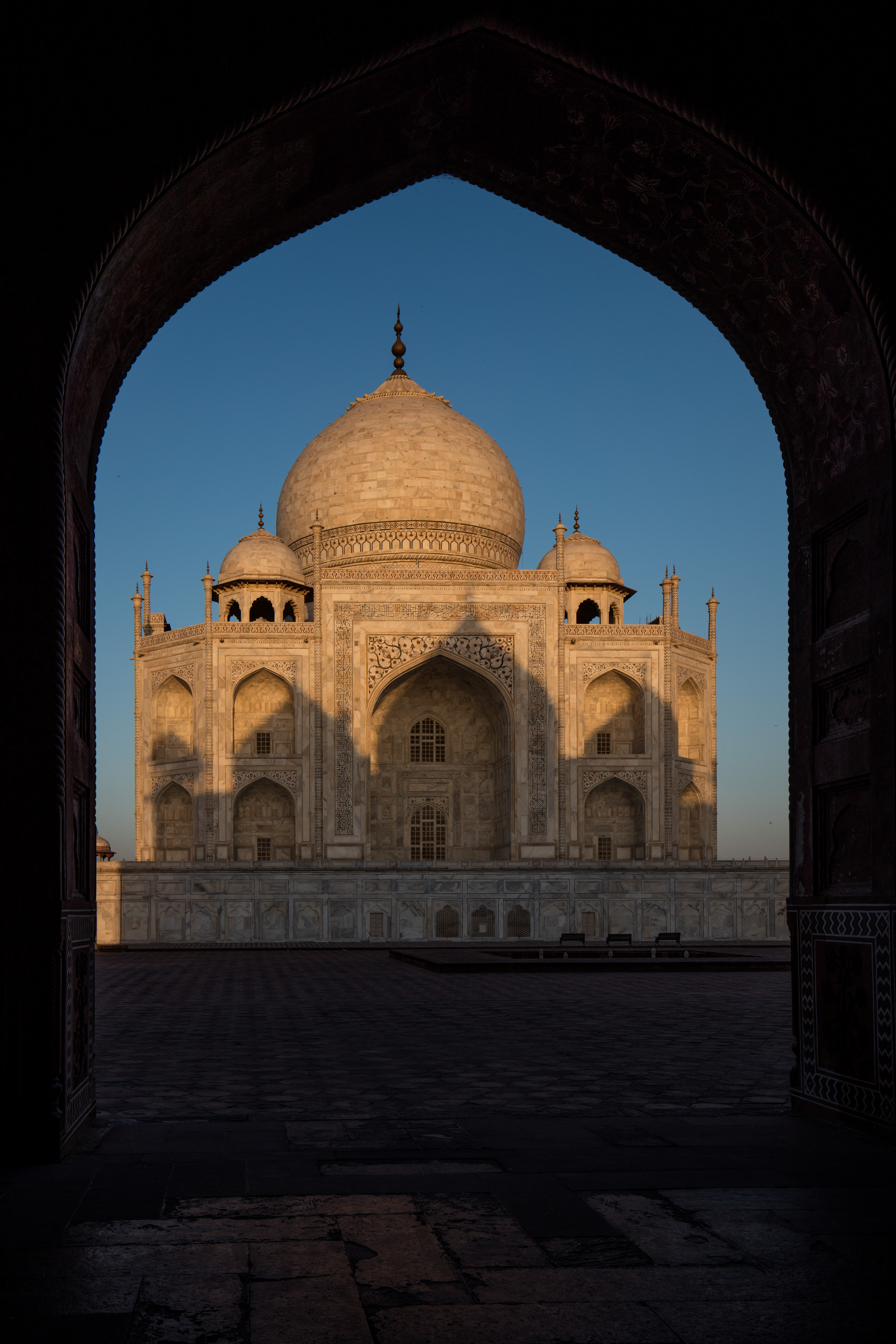
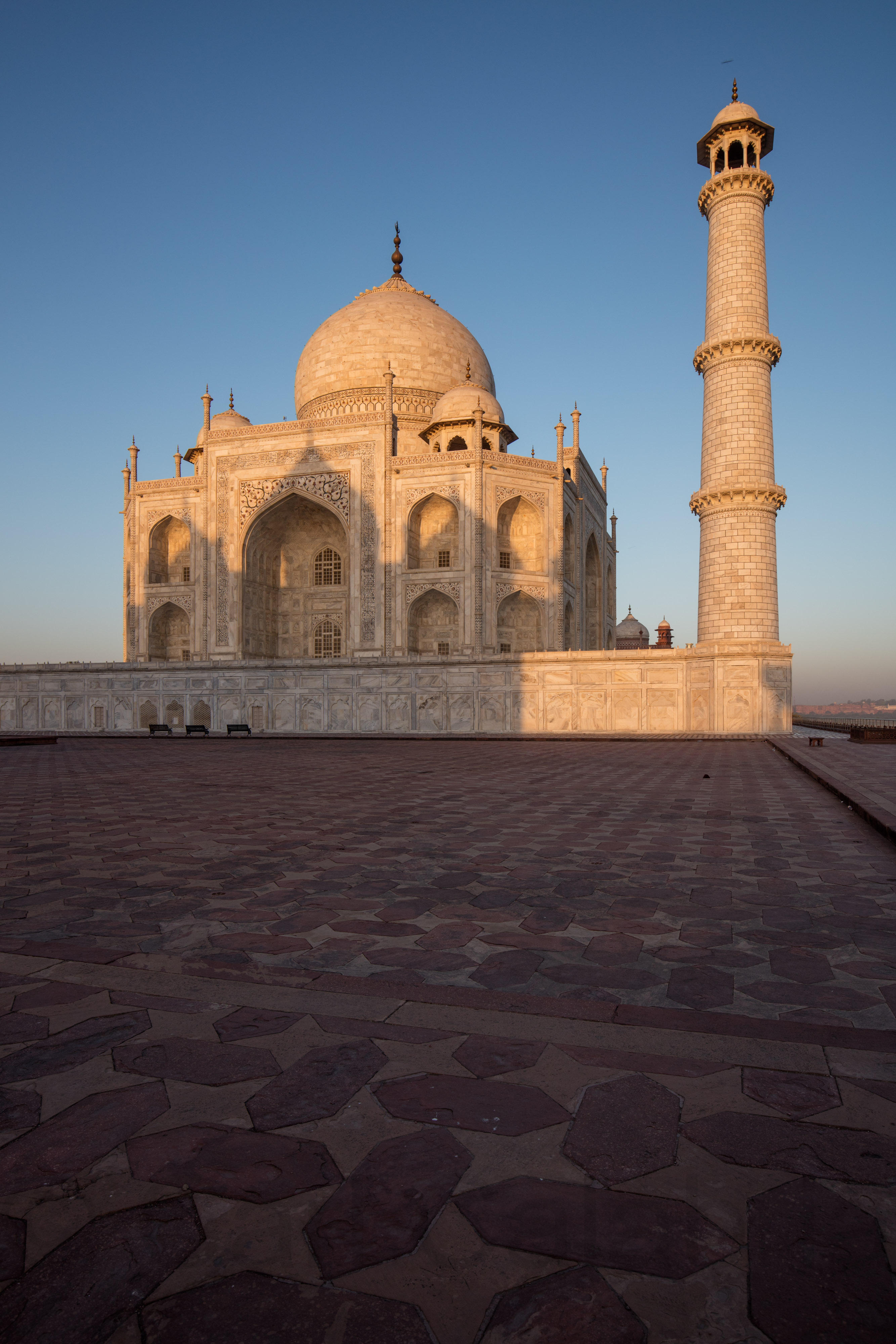
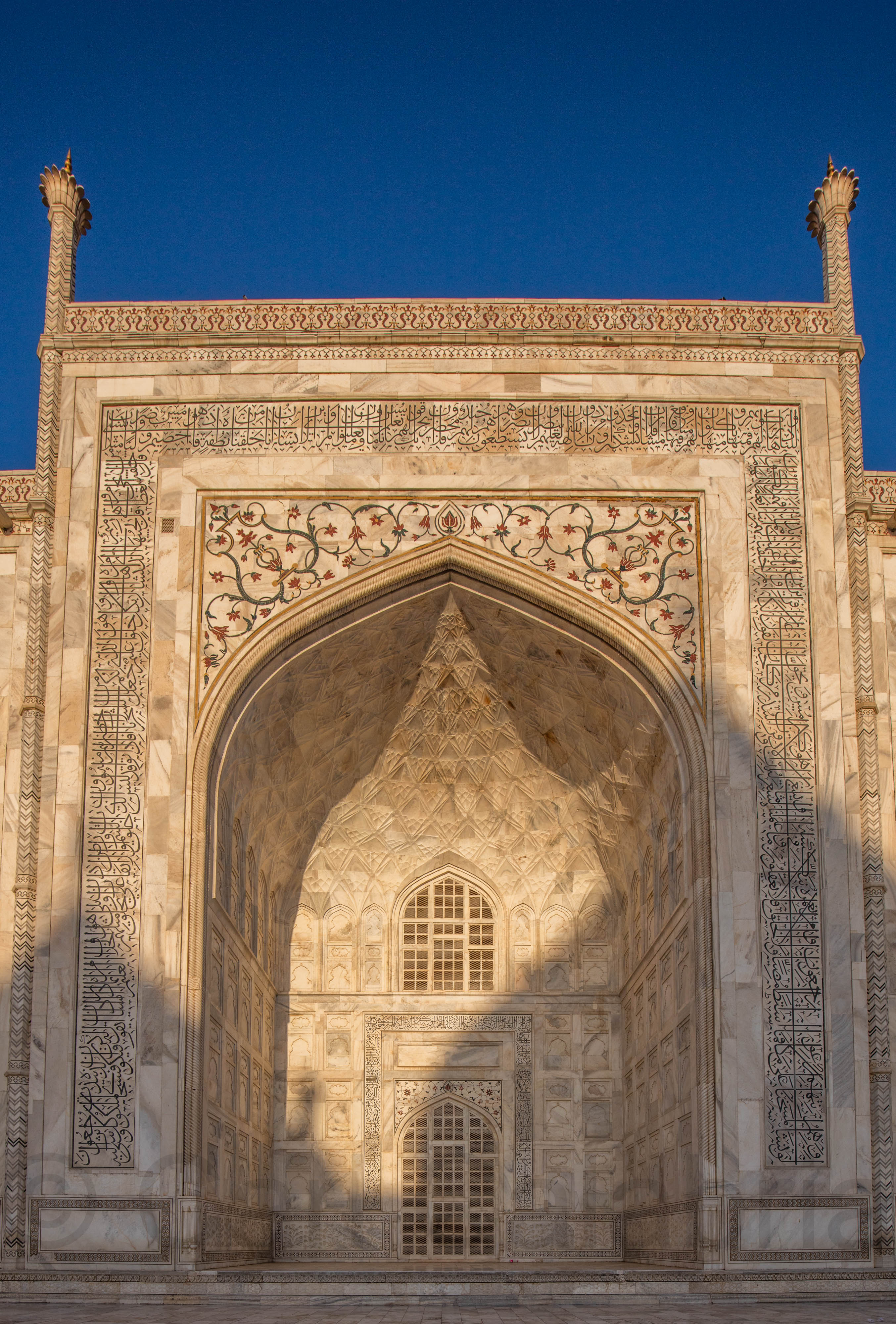
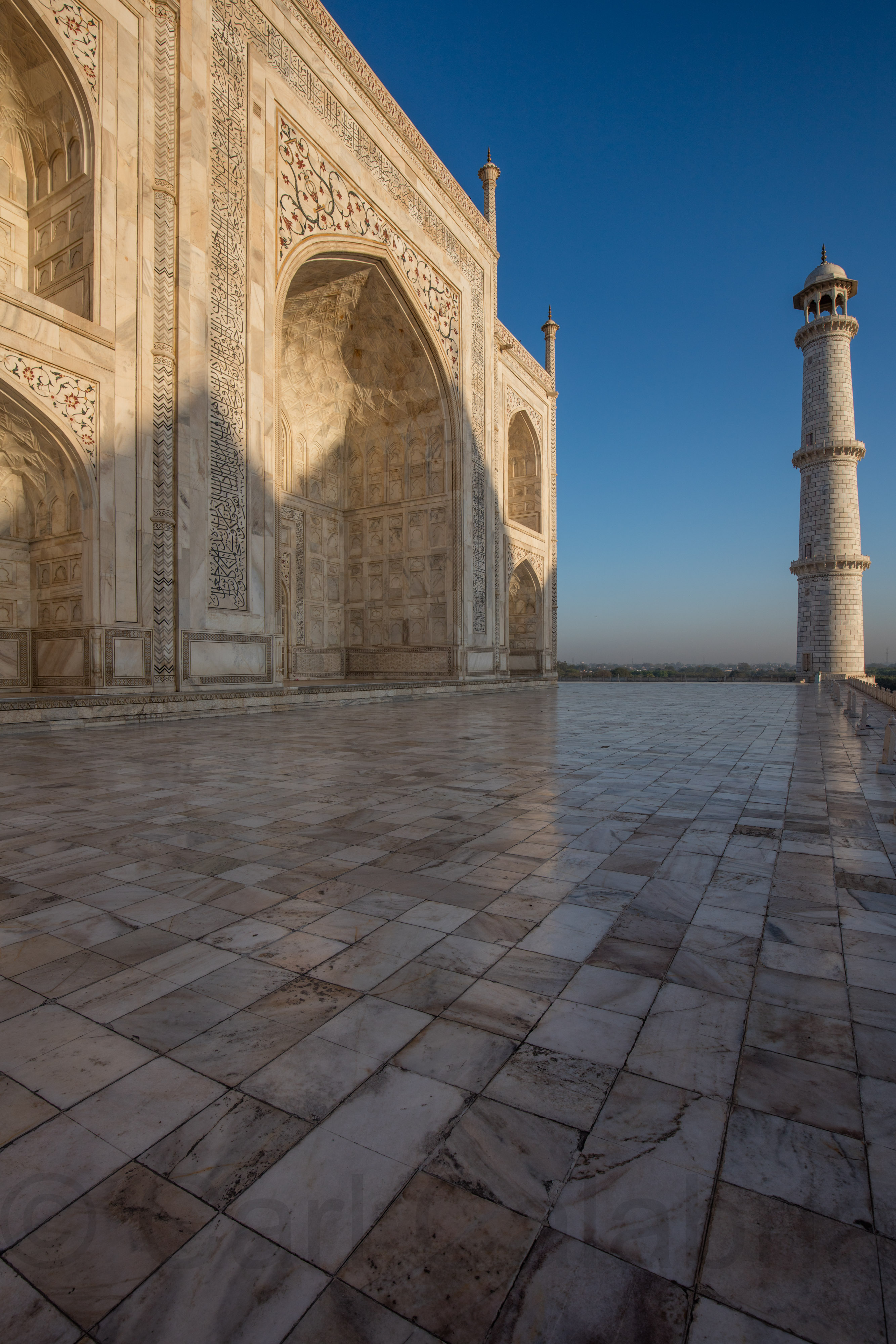
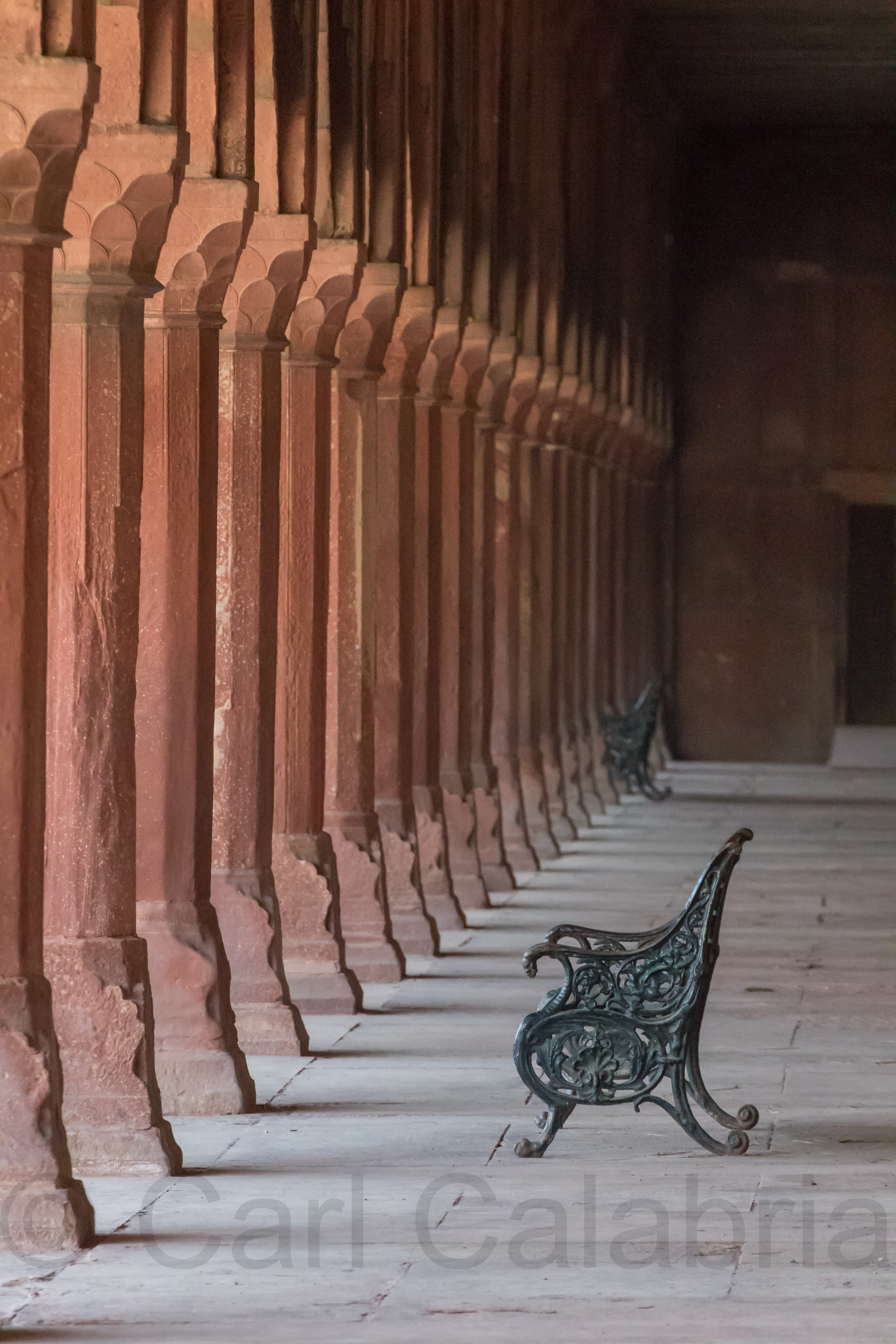
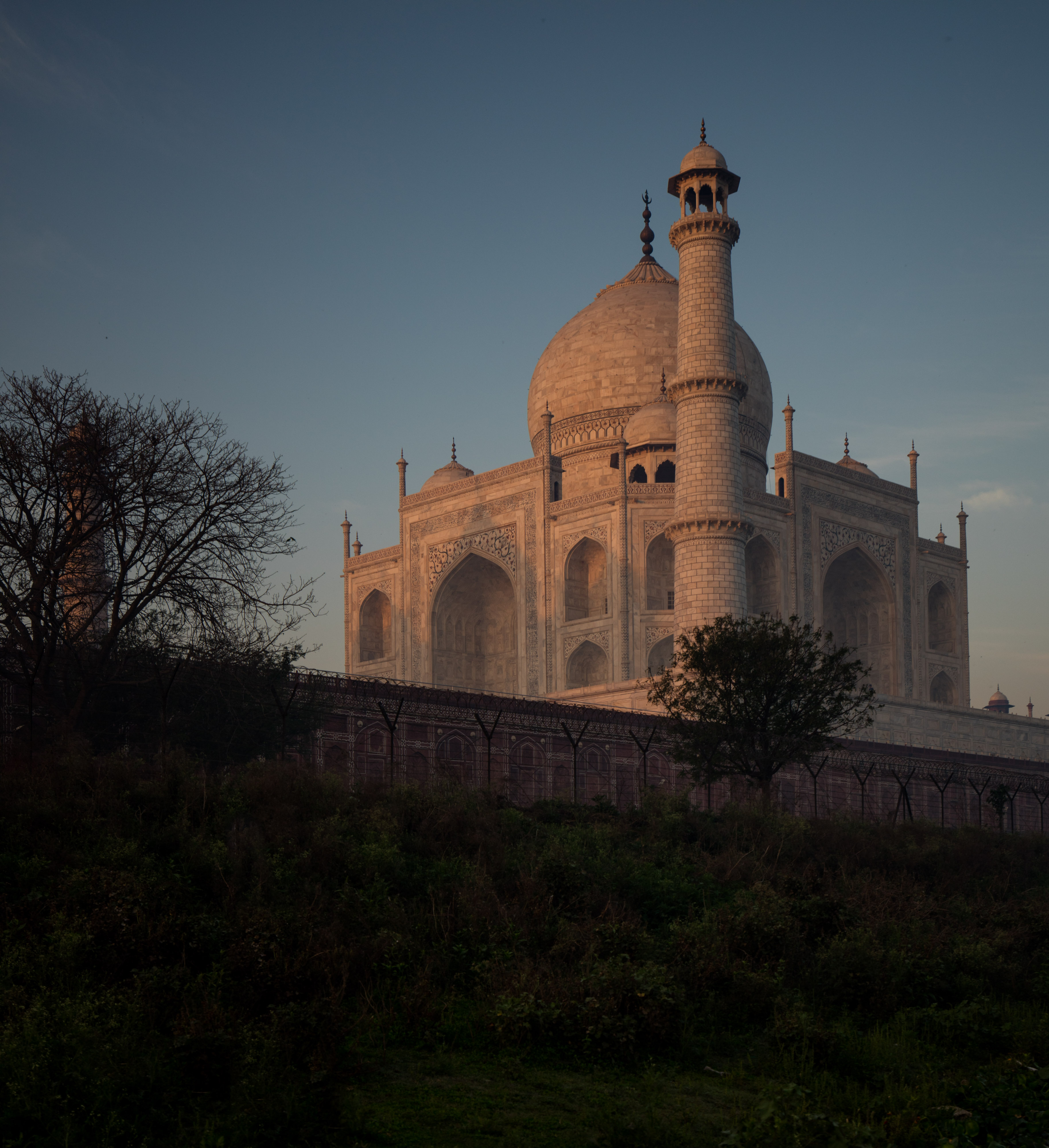
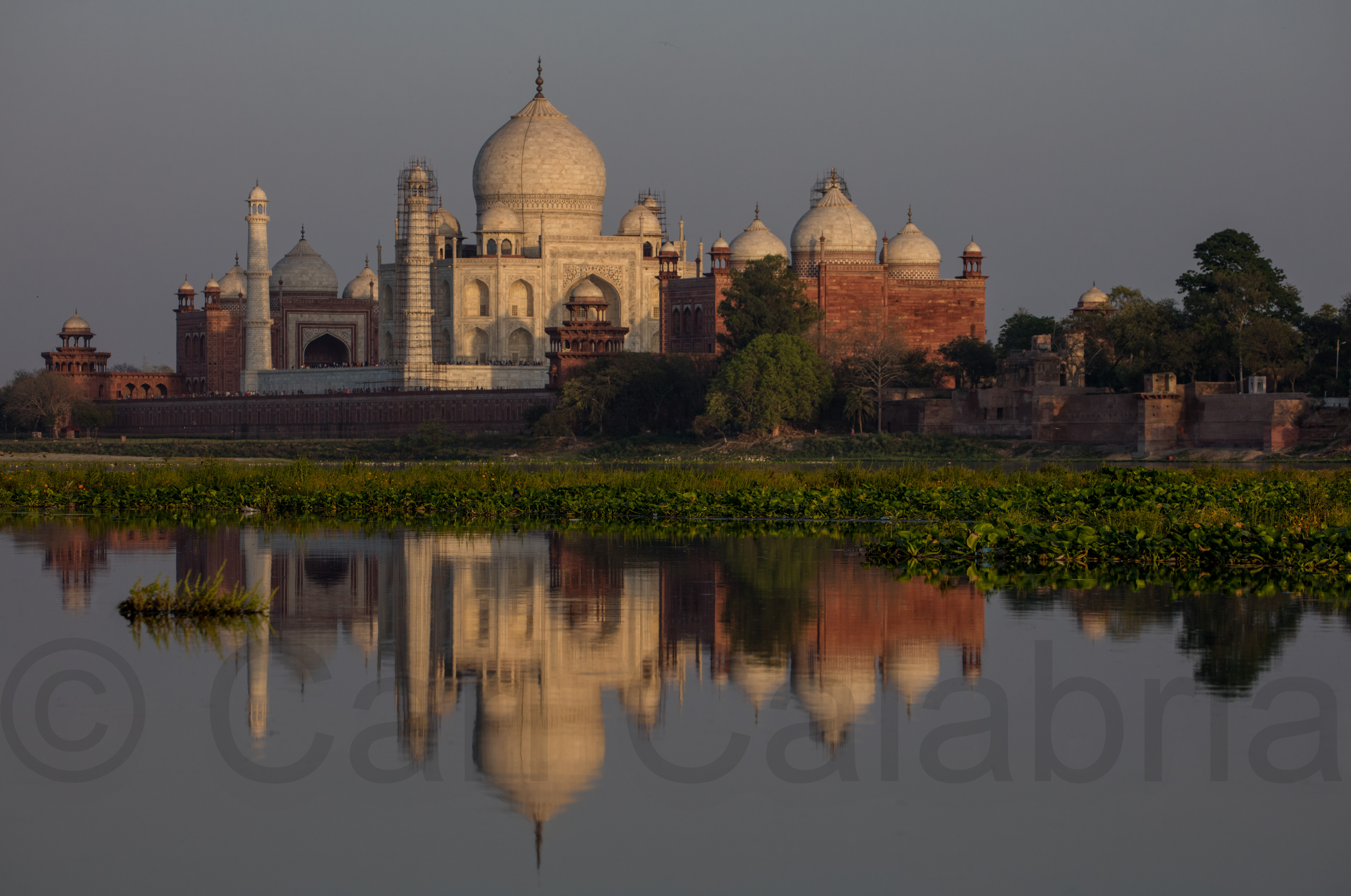
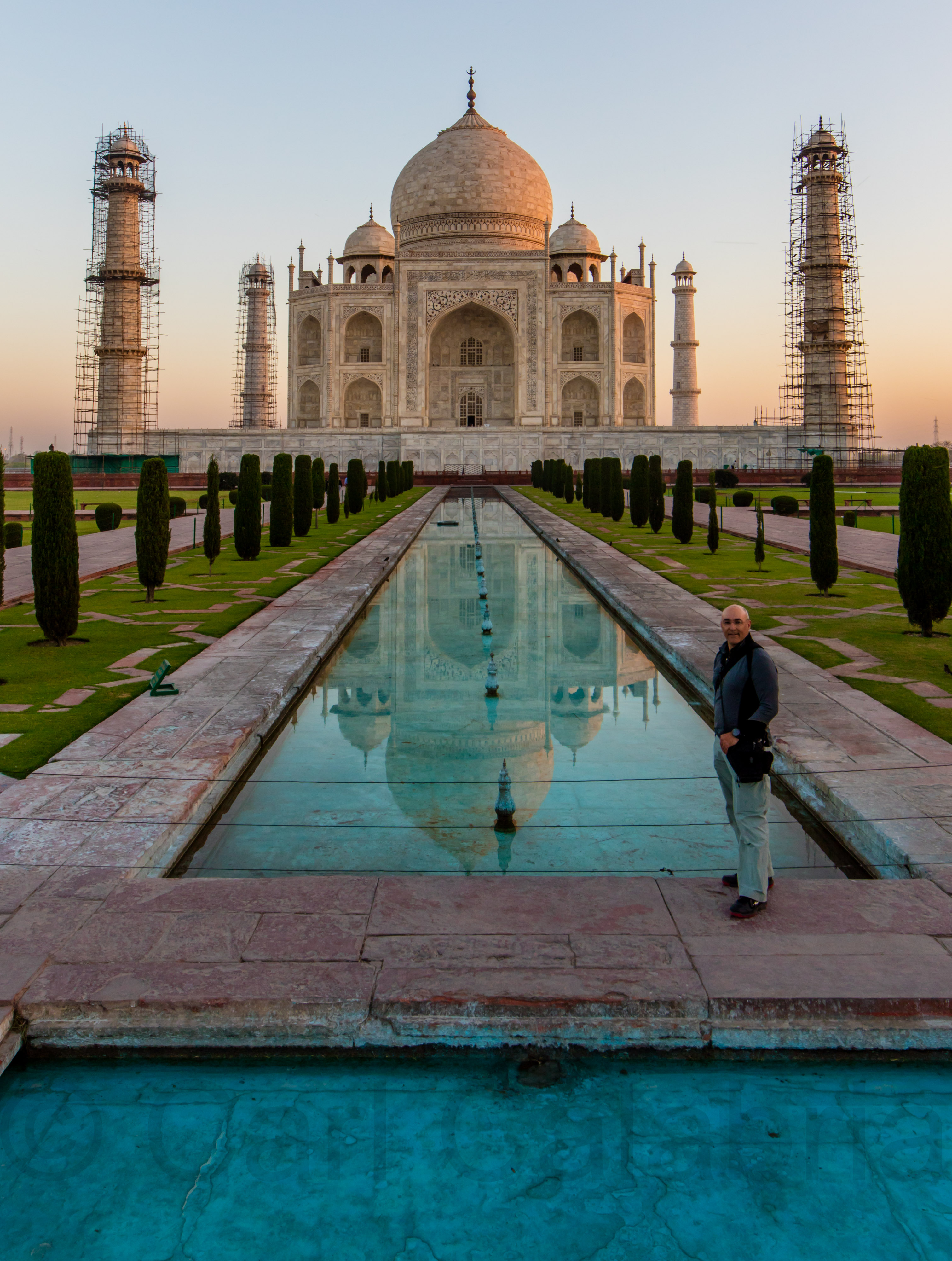
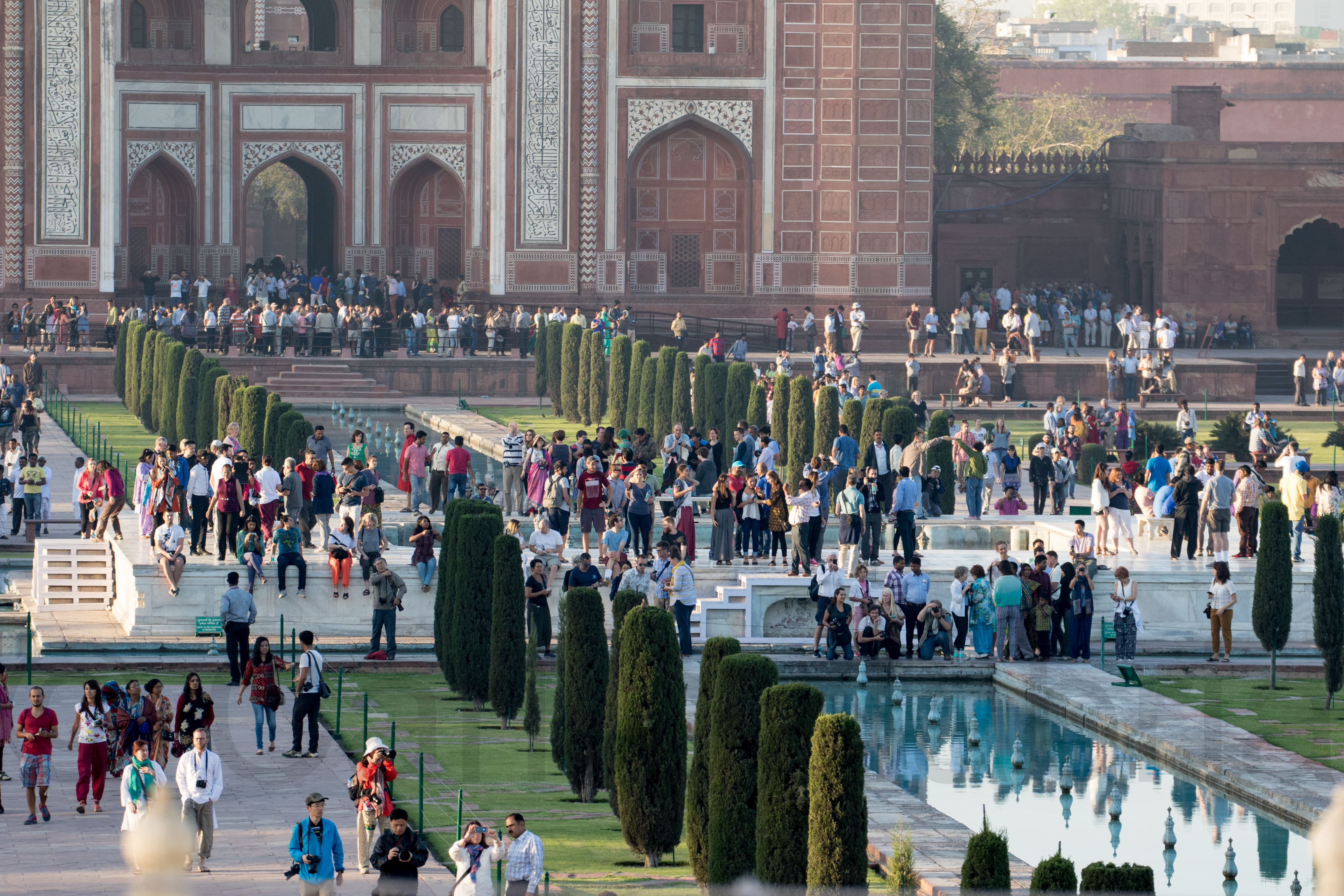
With an average of 12,000 visitors per day you might be wondering how it is that none are present in my photos. The answer is simple. First, you have to wake up very early to be first in line when the gates open. Second, you have to be able to run faster than all the other photographers and tourists who want to arrive at the reflecting pools first. My speed did not let me down but scaffolding (for routine cleaning) on three of the four minarets did. Even so, I was overwhelmed with joy to witness such beauty.
After the grounds were inundated with tourists, I moved on to the Agra Fort, more accurately described as a walled city.
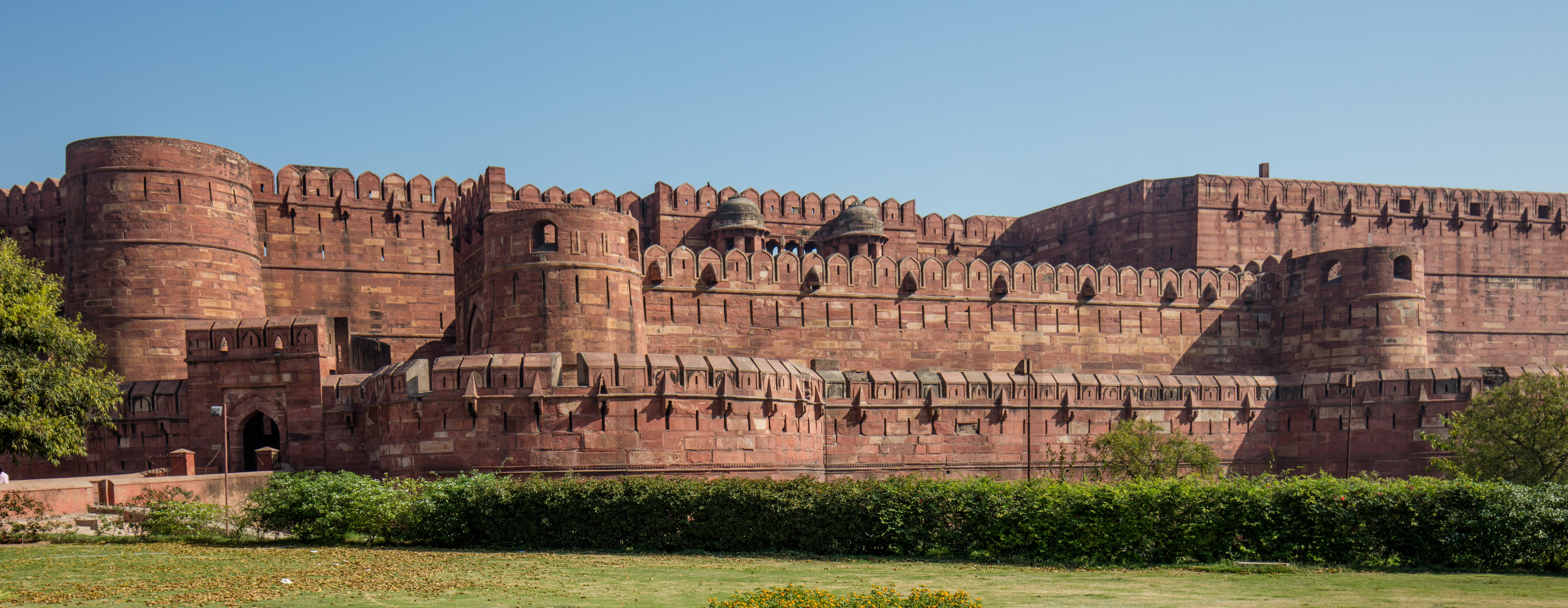
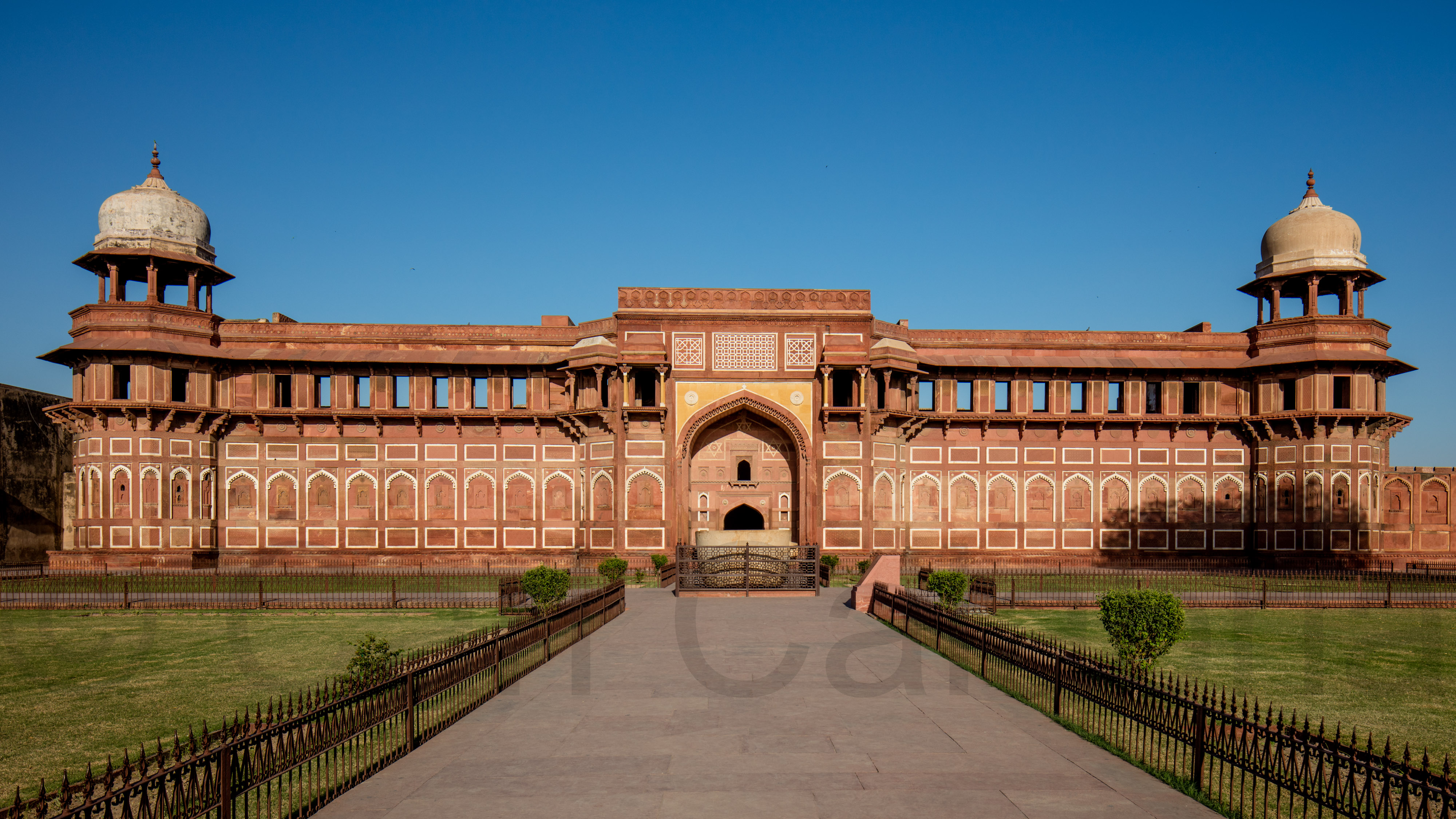
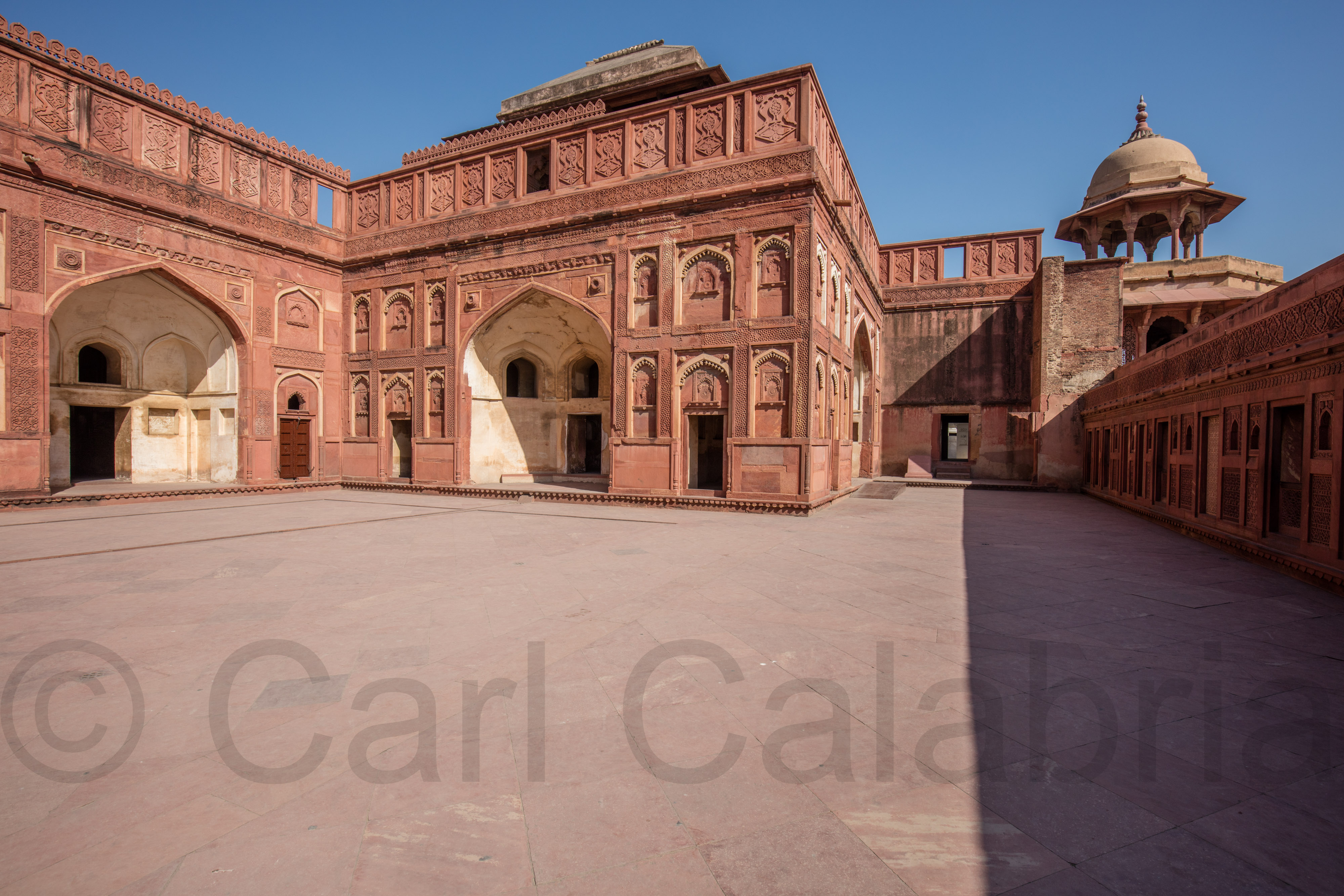
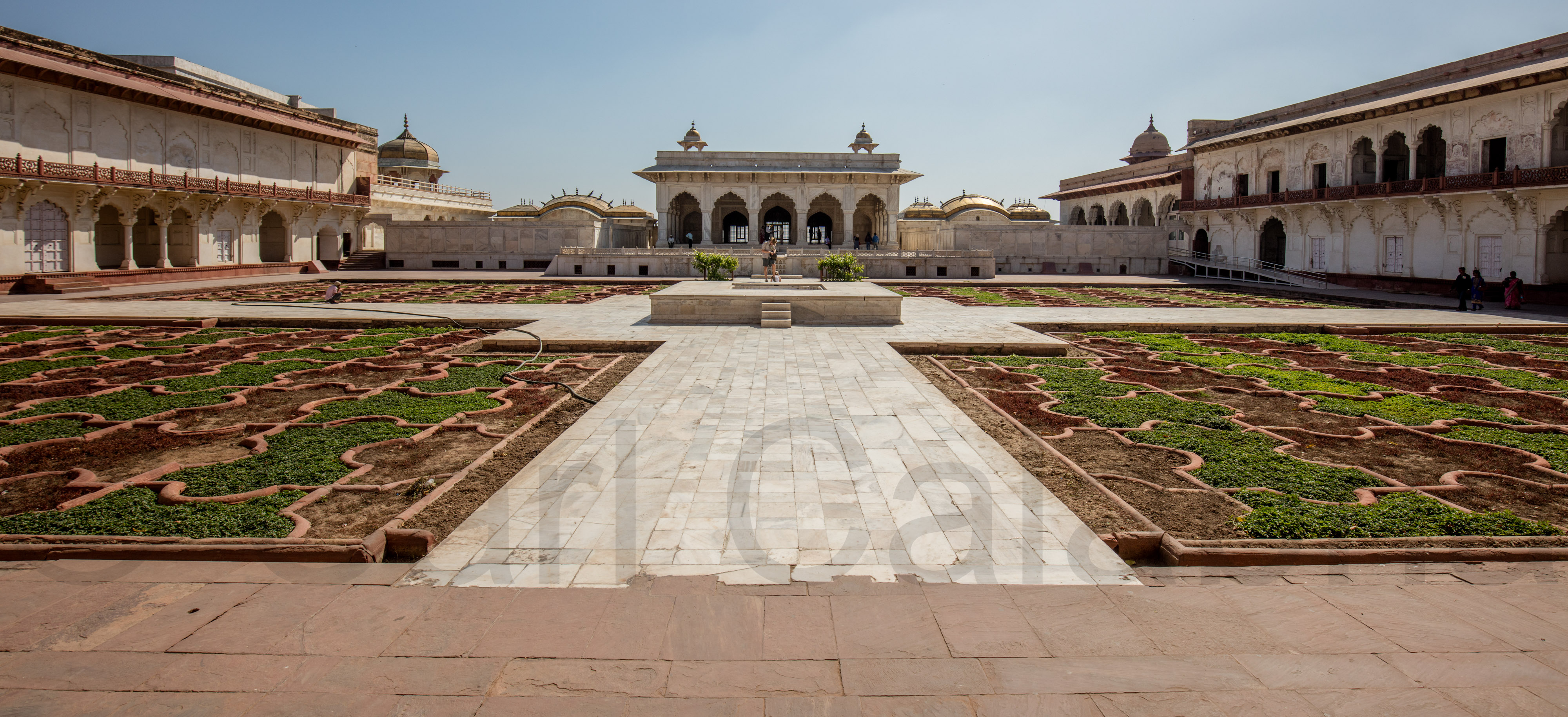
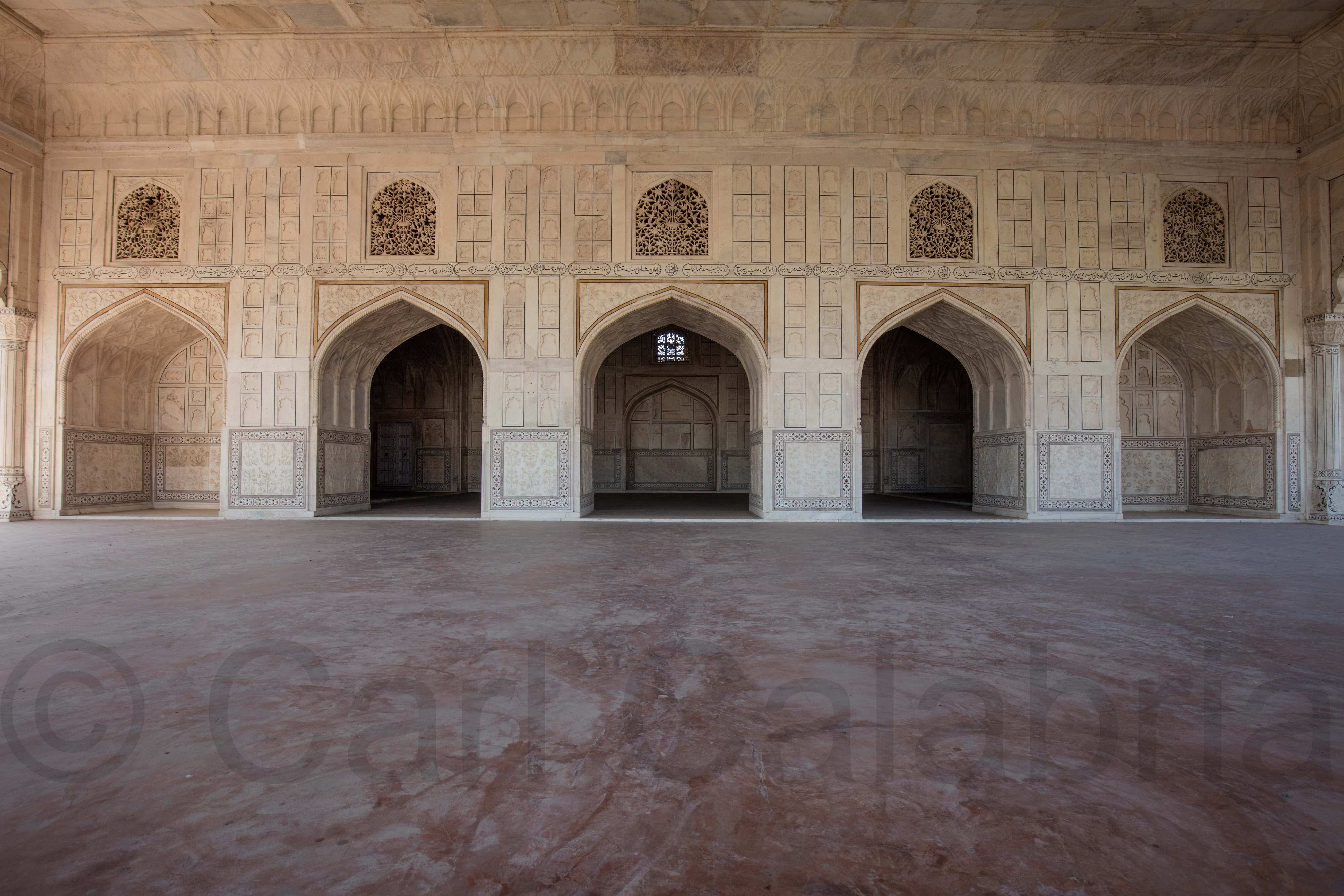
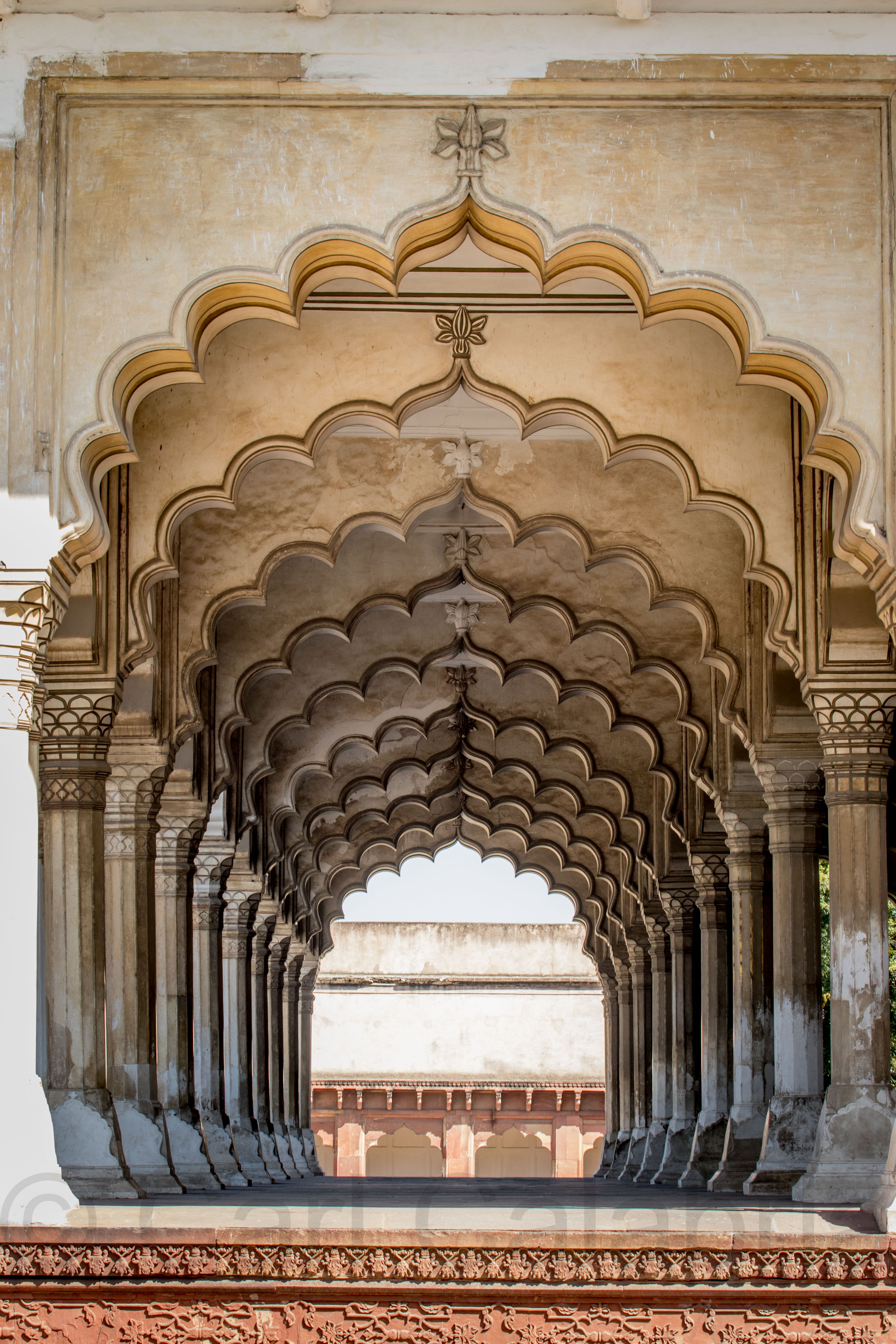
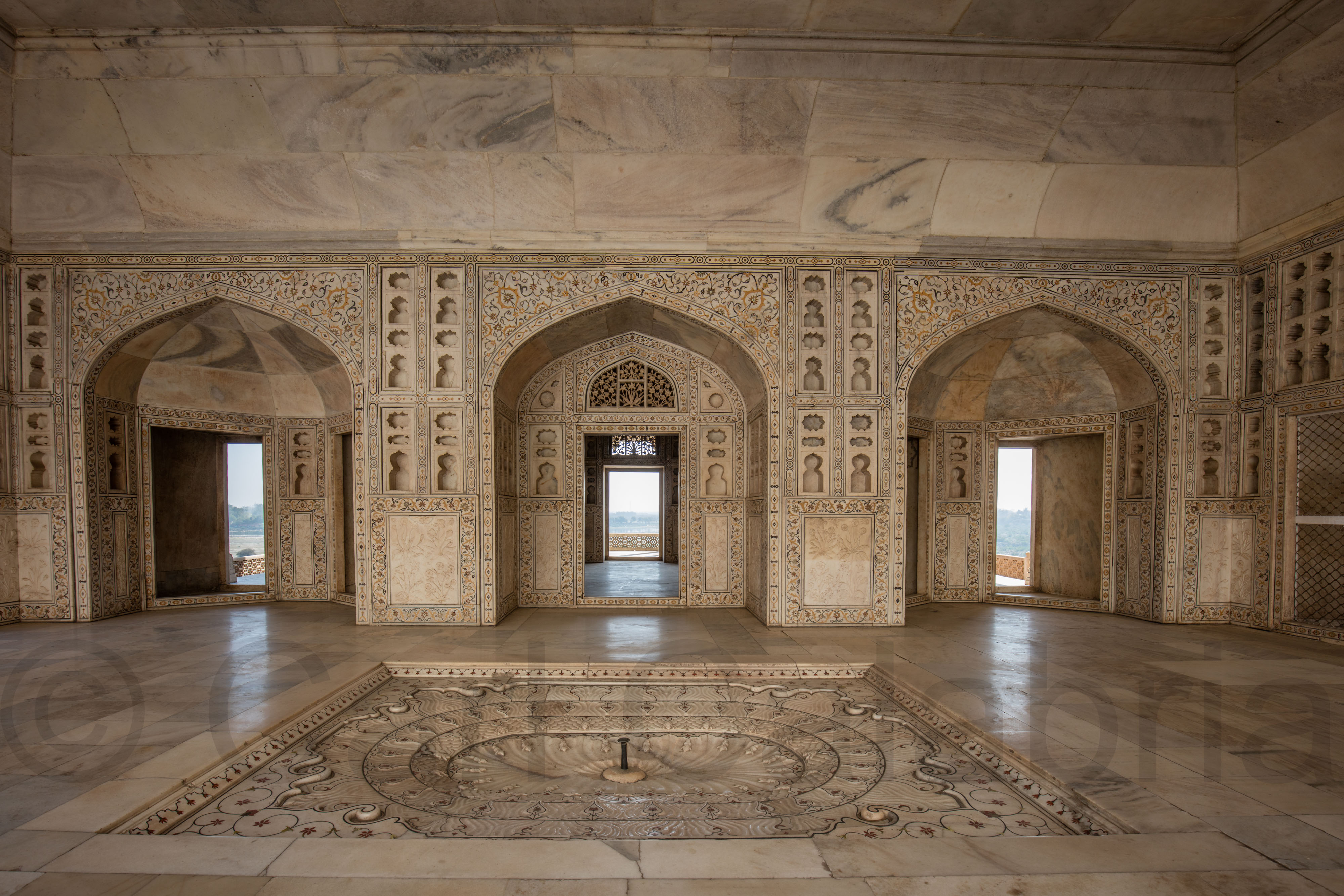
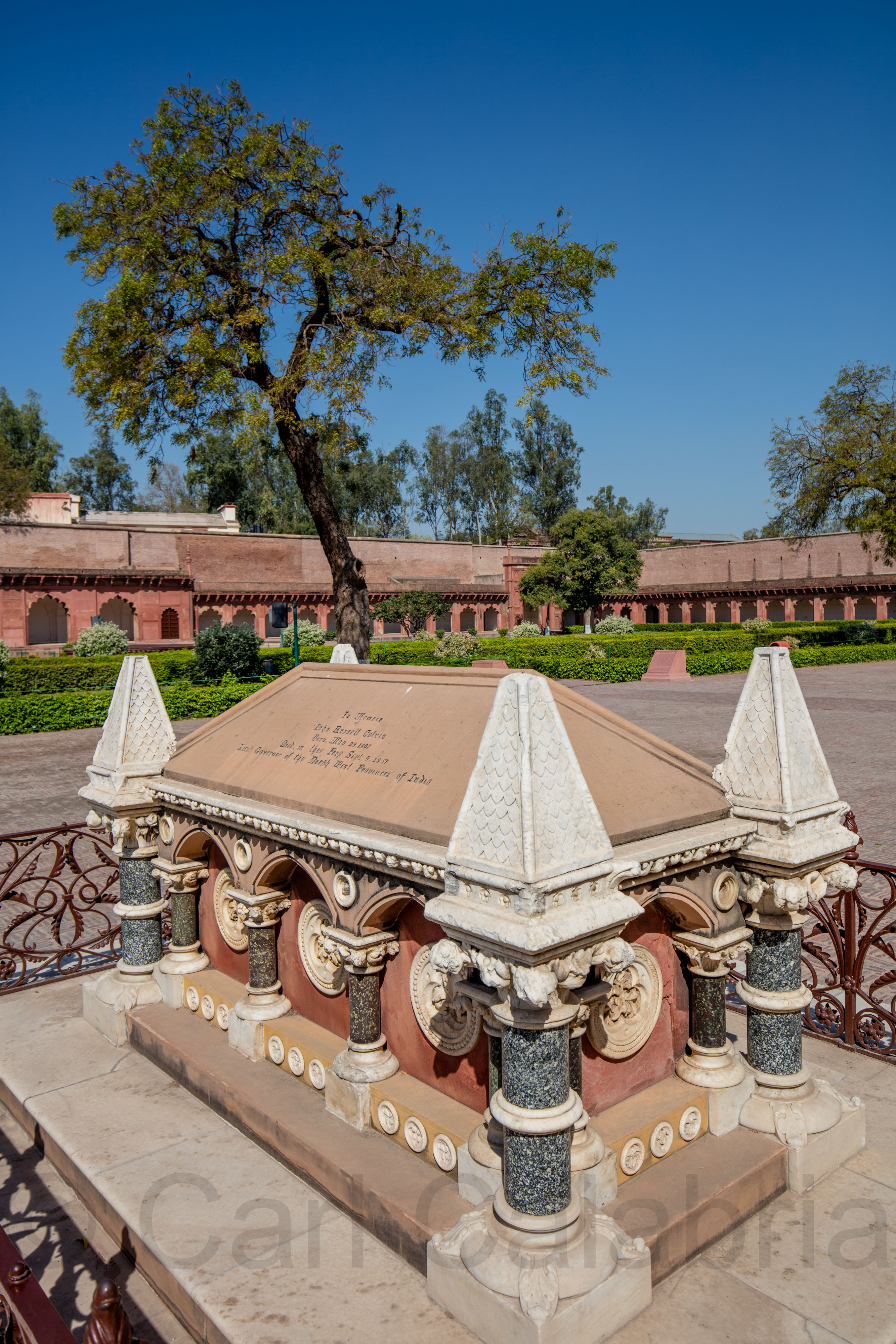
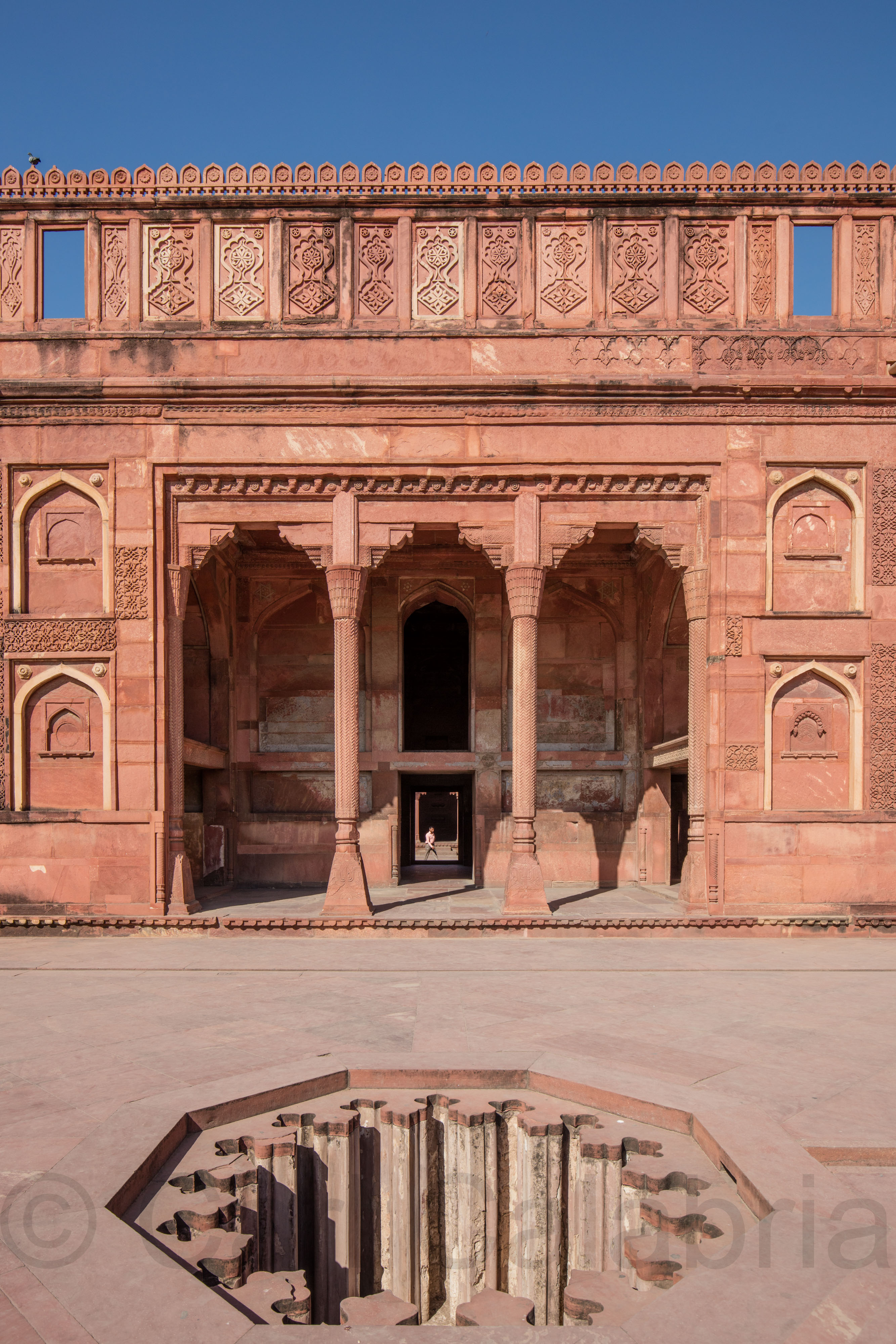
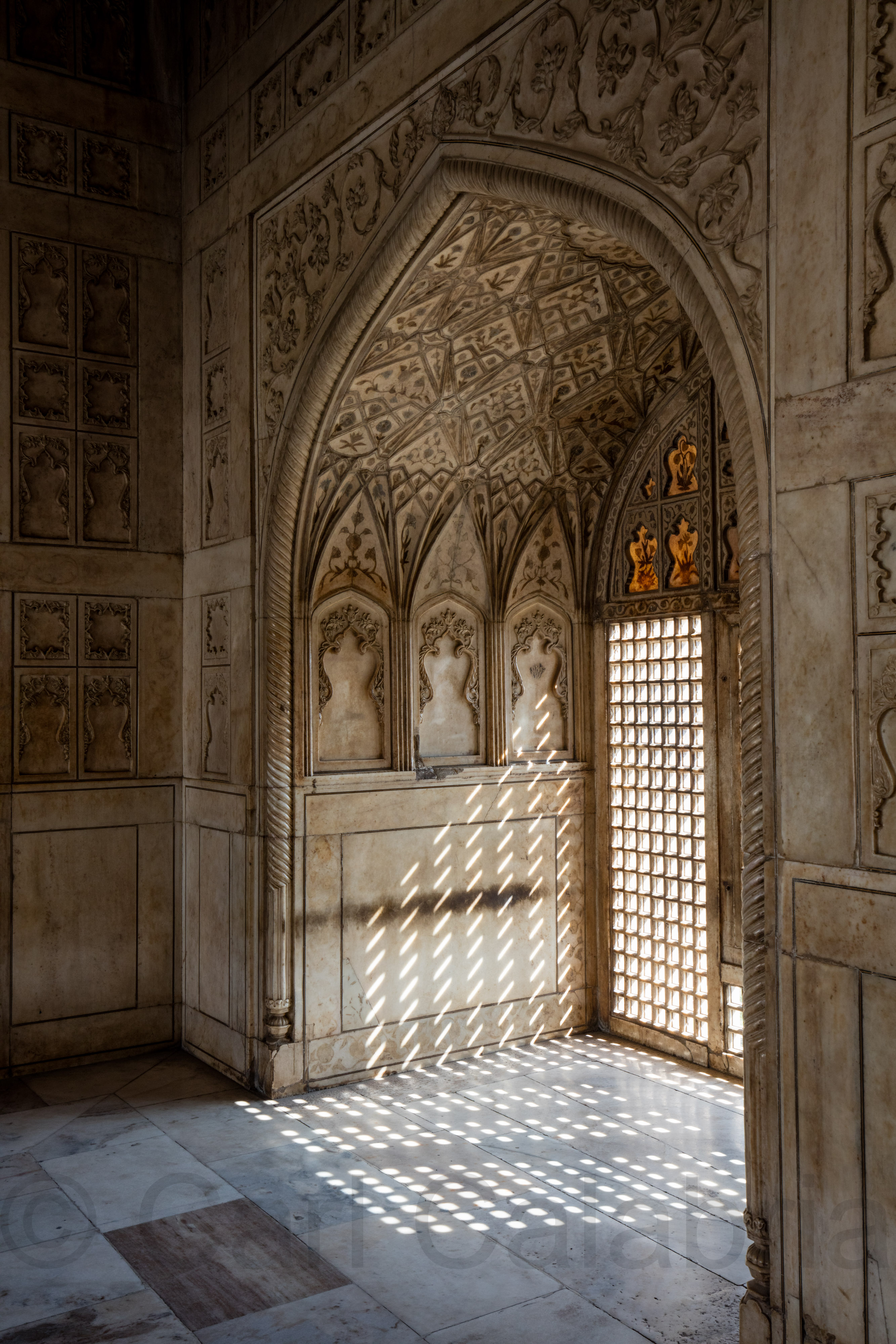
When the Army of the British East India Company first attacked the Agra Fort in 1803 under General Gerard Lake, a cannonball fired by the artillery bounced off the throne at which it was aimed to make a hole through the opposite wall. Today it seems to have been occupied by another invading force.
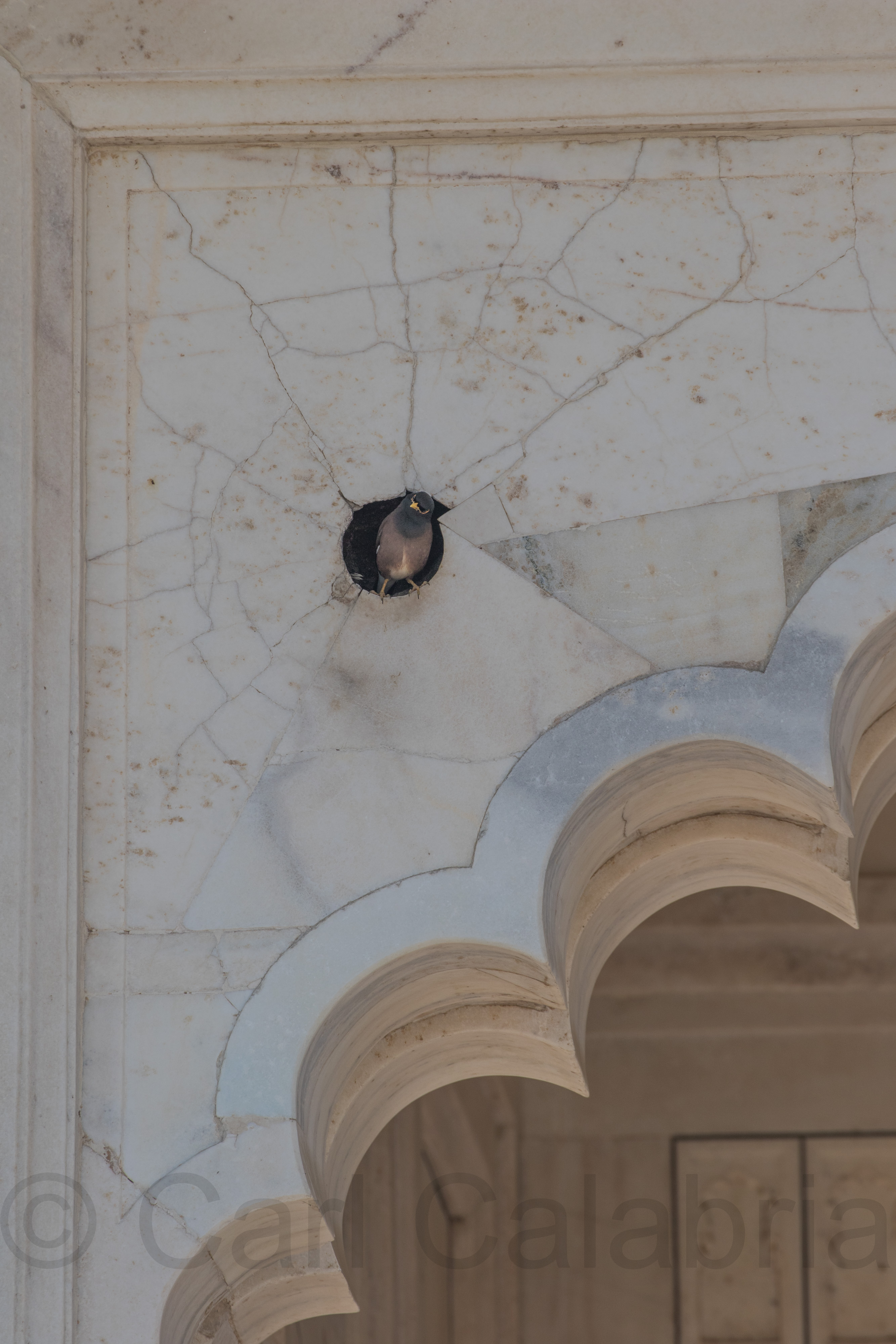
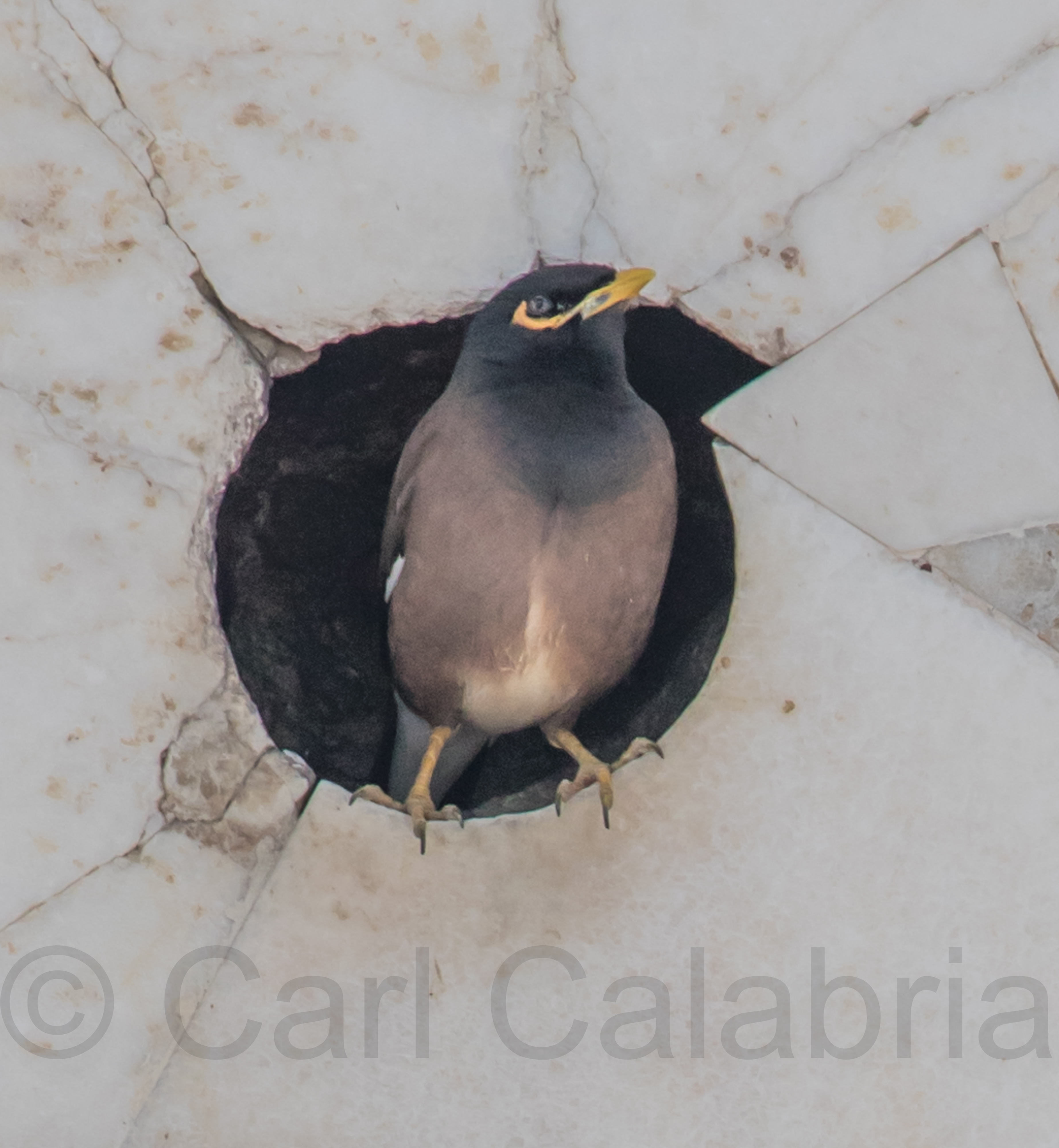
In a brief lapse of judgement I agreed to visit a Persian rug factory to “learn” how these carpets are made. The tour quickly turned into a sales pitch and I departed as quickly as I could but not before getting this nice image courtesy of the salesman.
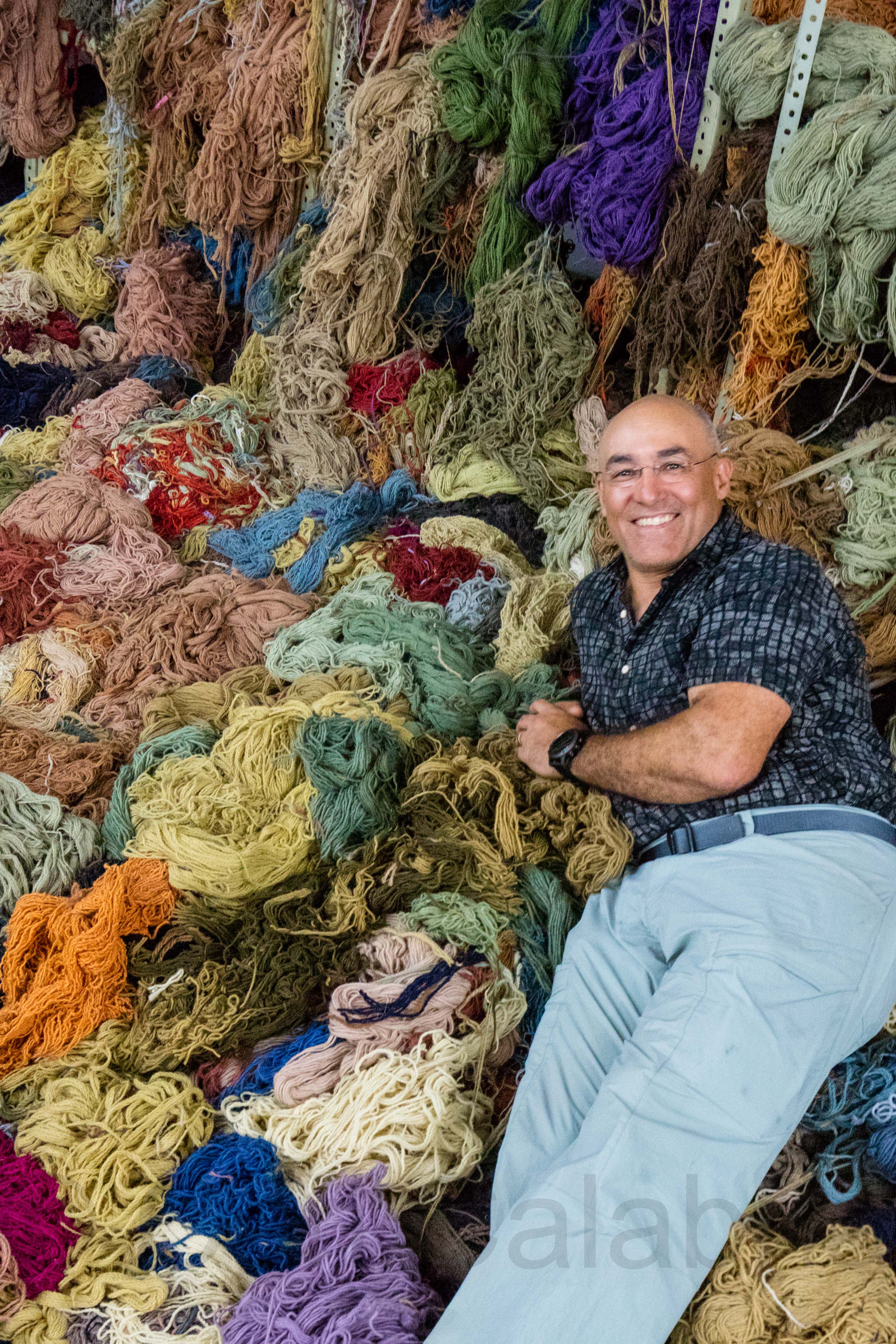
Often referred to as the “Baby Taj,” the Tomb of I’timād-ud-Daulah, was the precursor to the Taj Mahal completed five years before construction of the Taj Mahal began.
